I can tell you, where the horror did not start, namely at Count Dracula’s castle in Bran. People imagine Transylvania as a gloomy steadily overcast place that rarely sees the light of day. Although reality is far away from that, there are some true roots. Count Vlad was a historical person who’s byname was “Dracula” meaning “son of the dragon”. He was also called Vlad the Impaler, because he had a habit to impale people on wooden stakes and leave them on the side of the road as a deterrent. Proven fact: back in the day crime rates dropped rapidly.
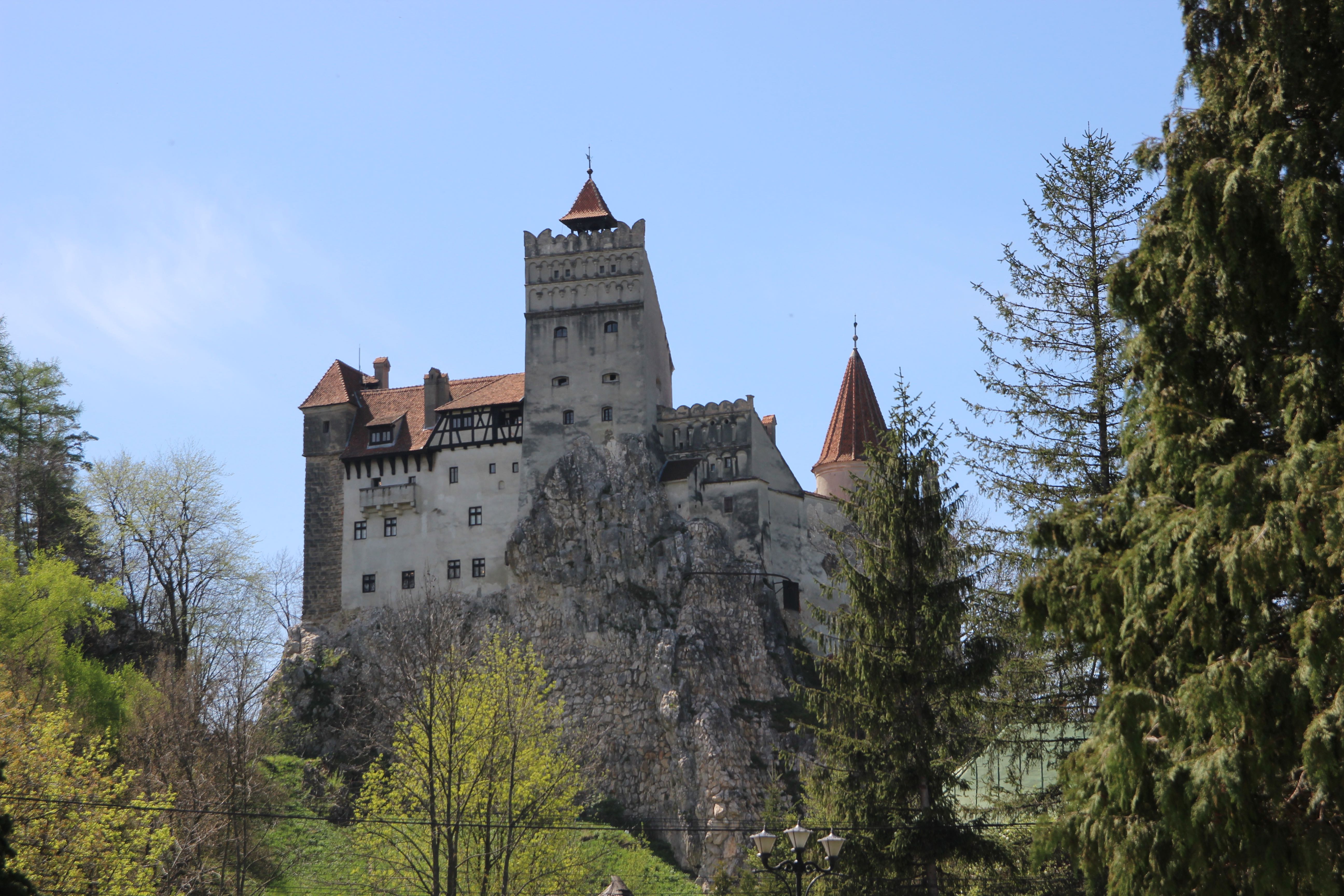
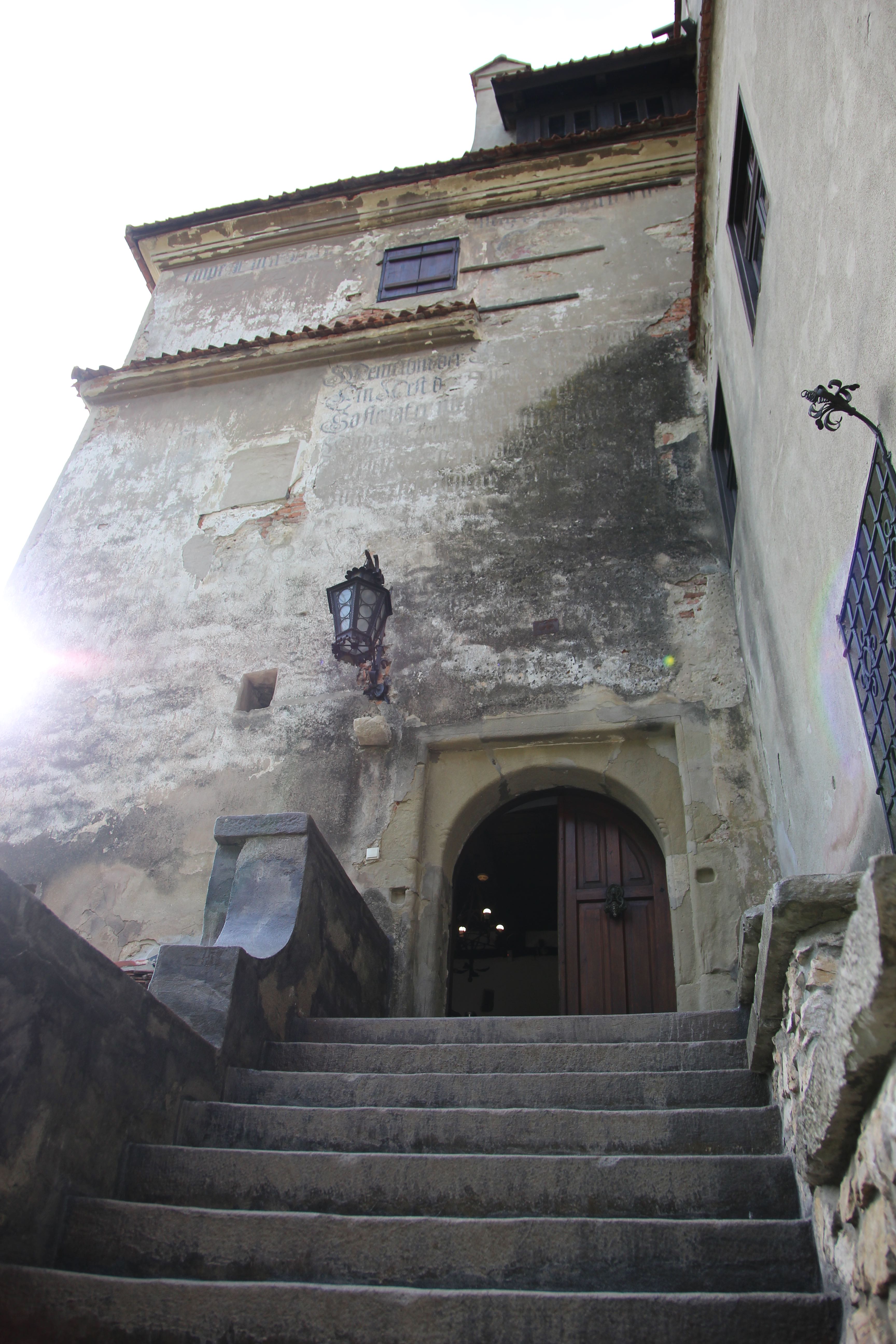
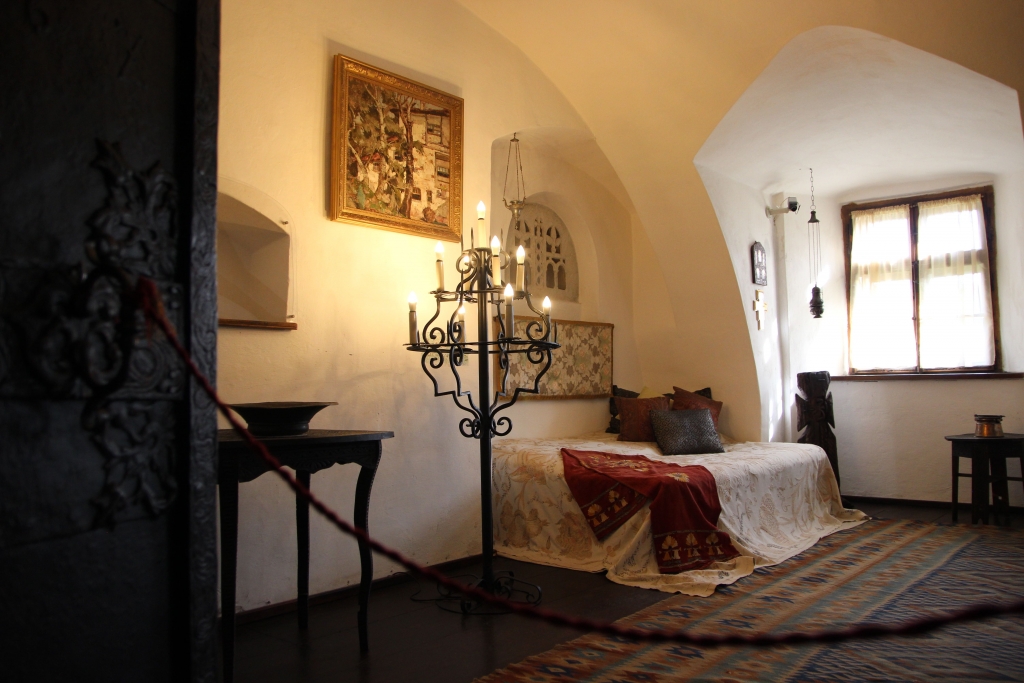

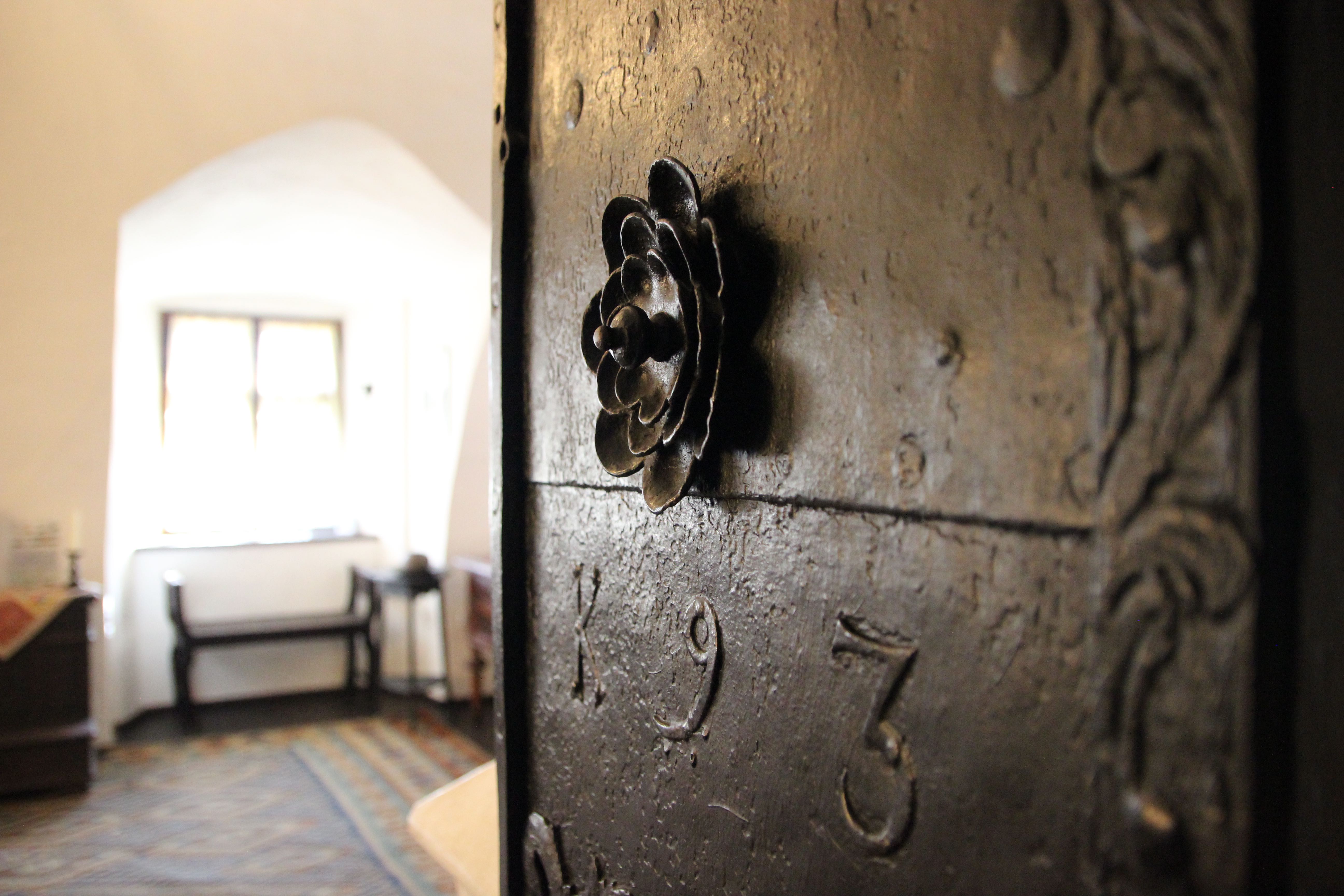
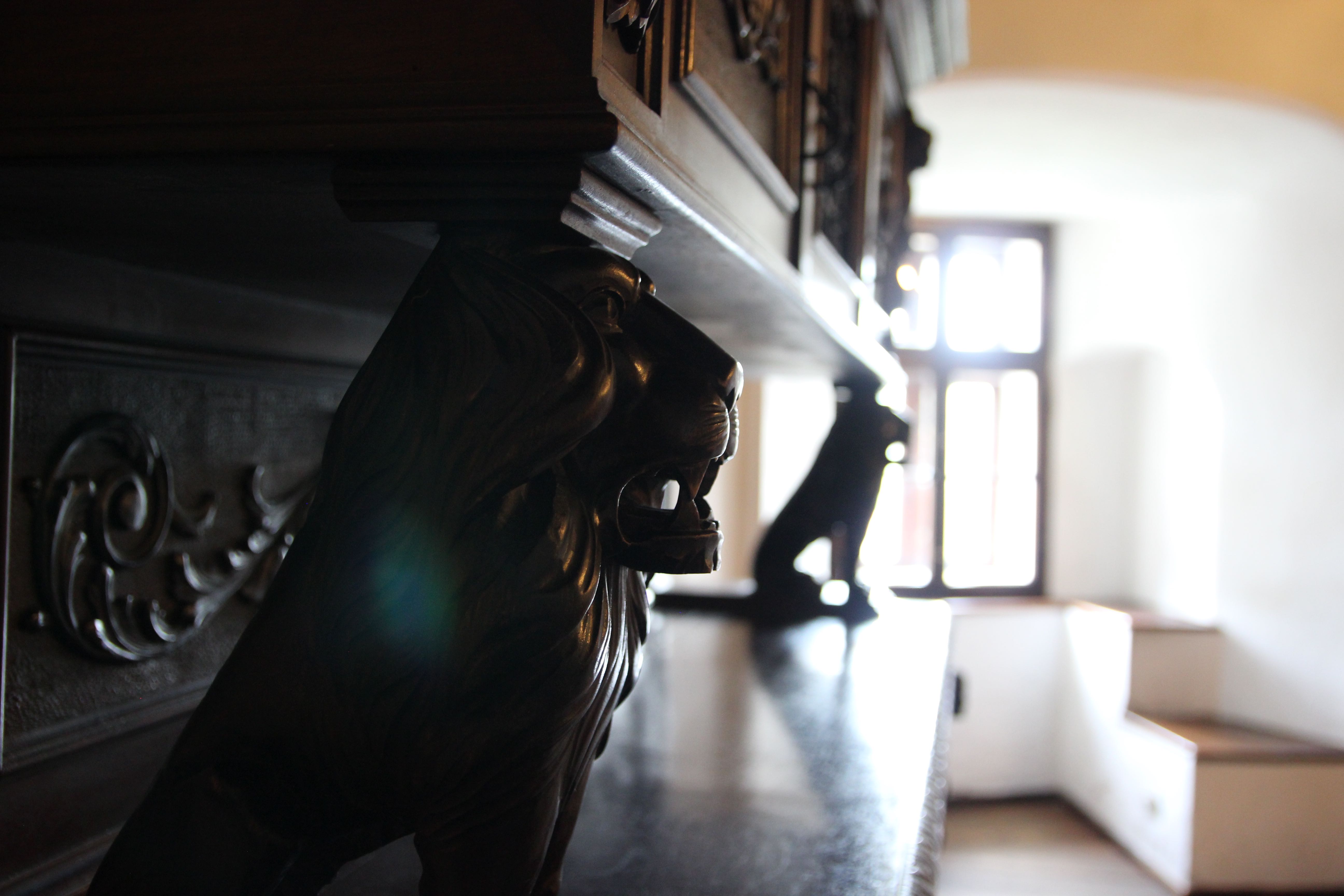
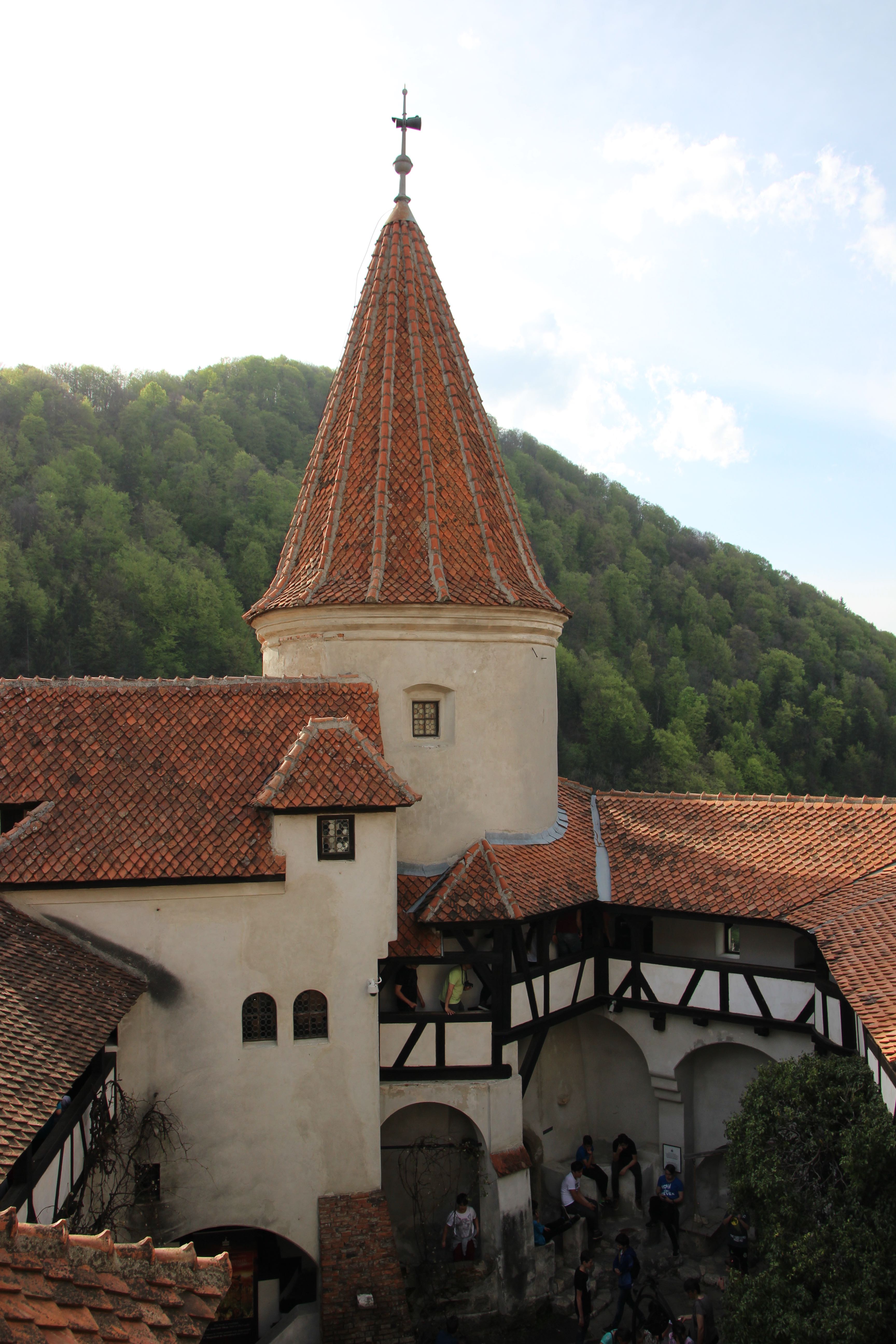
Bran Castle is a major tourist spot, its surroundings are teeming with cheesy souvenir shops and surprisingly modern, mediterranean-looking cafes. “Looks a bit like Italy”, I thought to myself on multiple occaison.
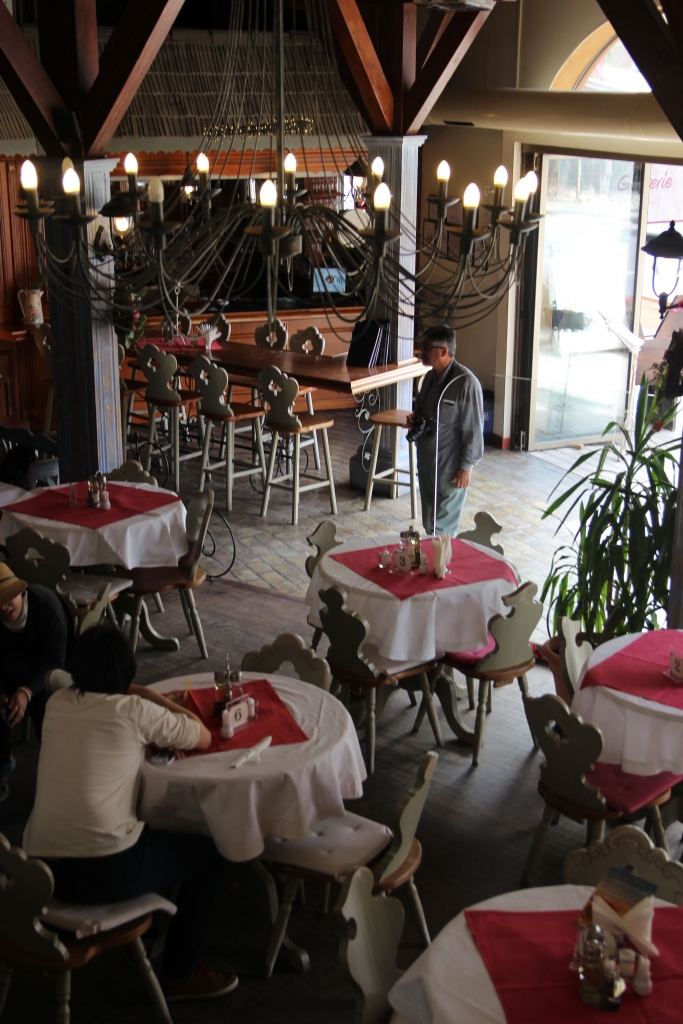
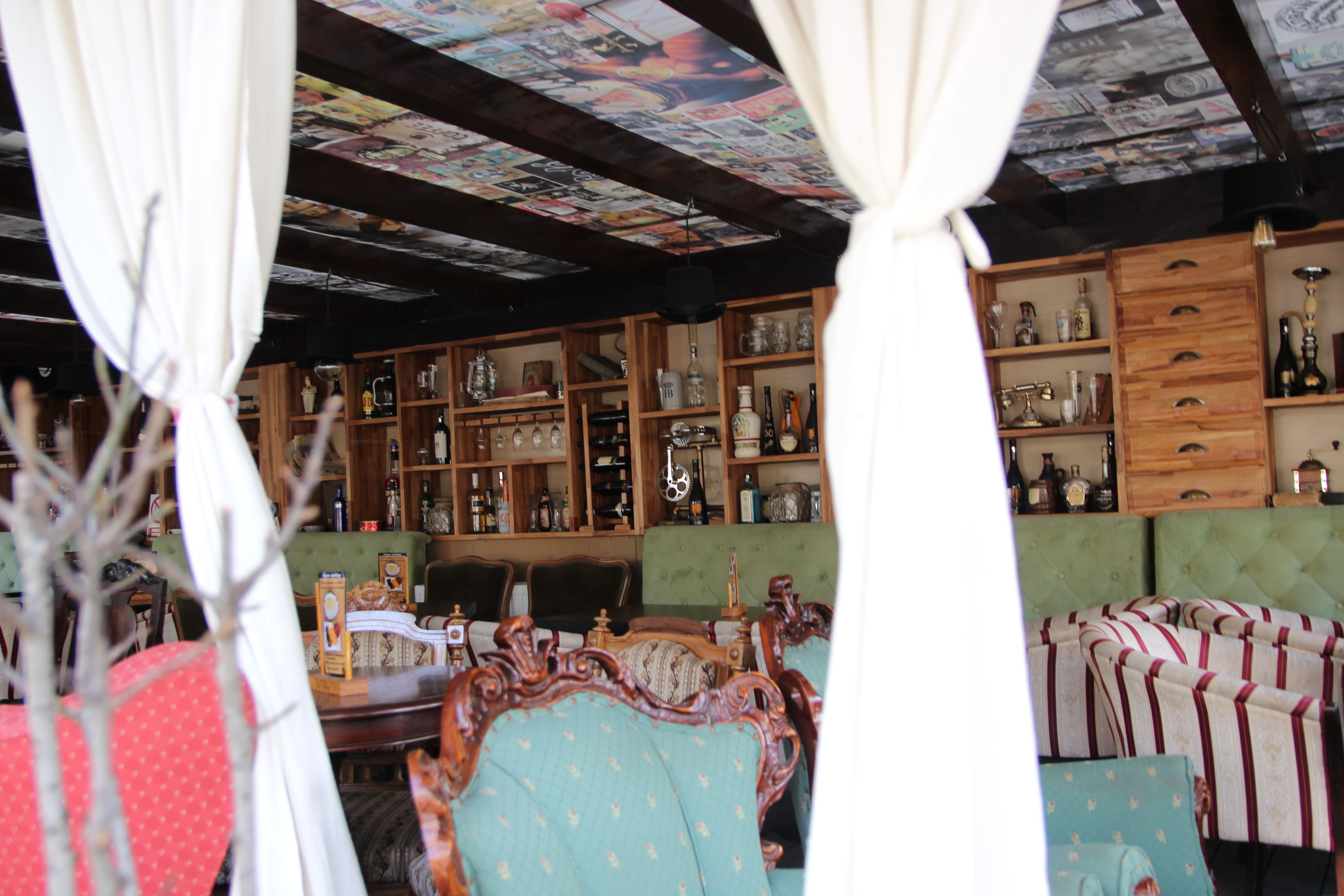

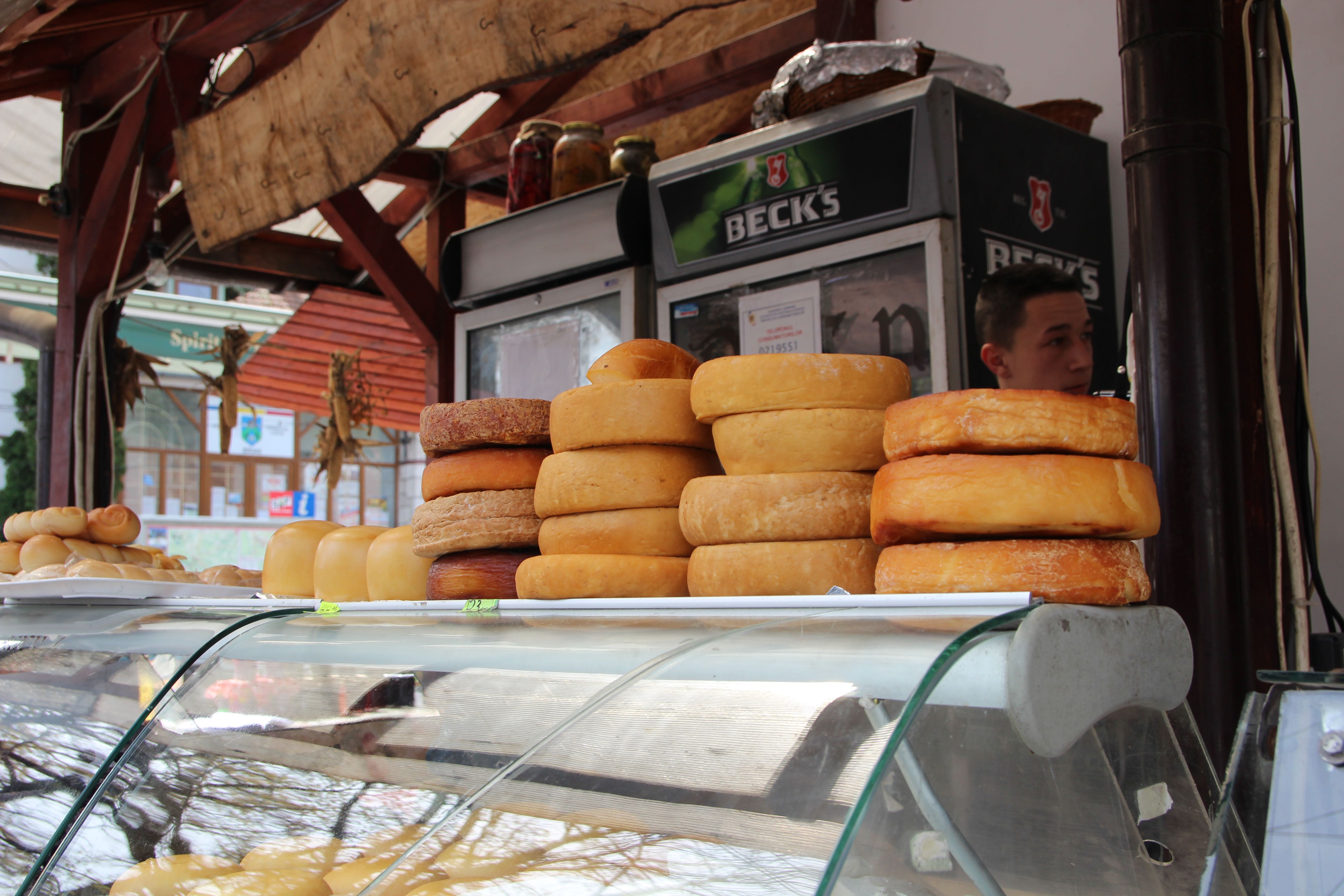

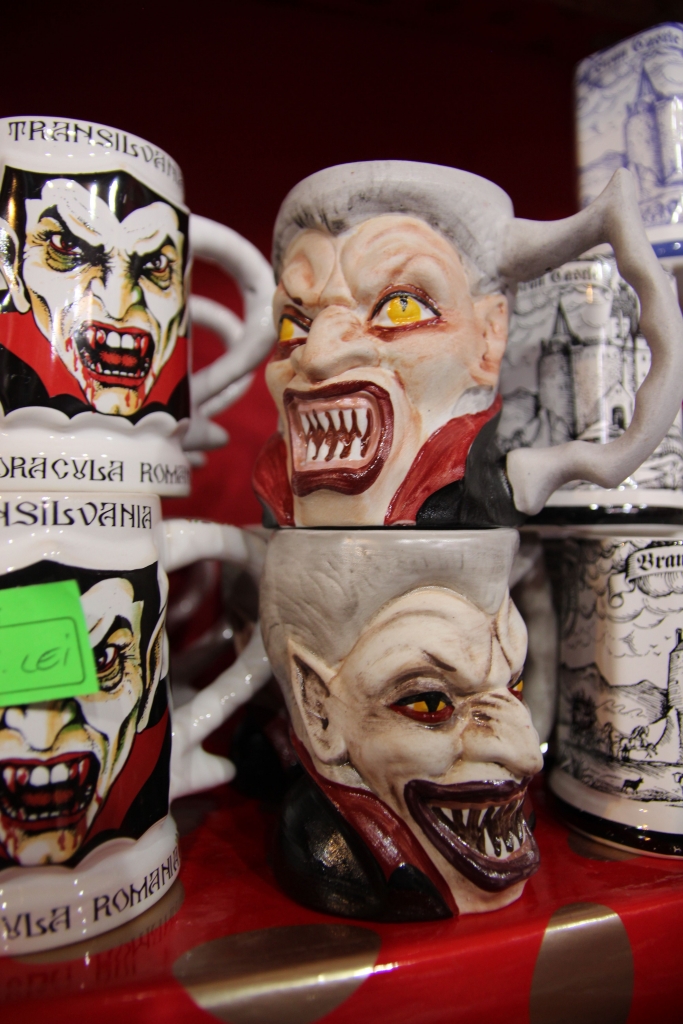

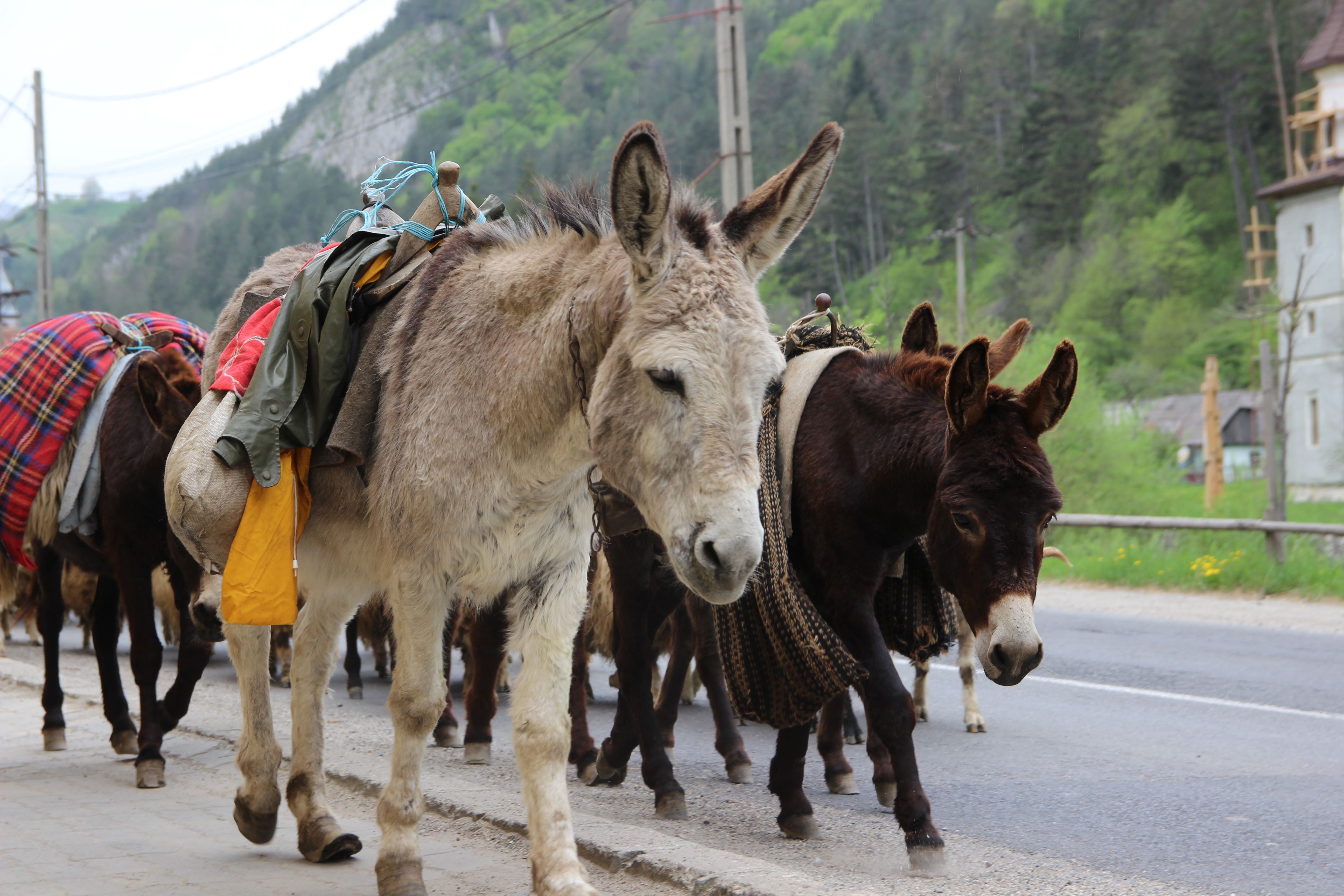
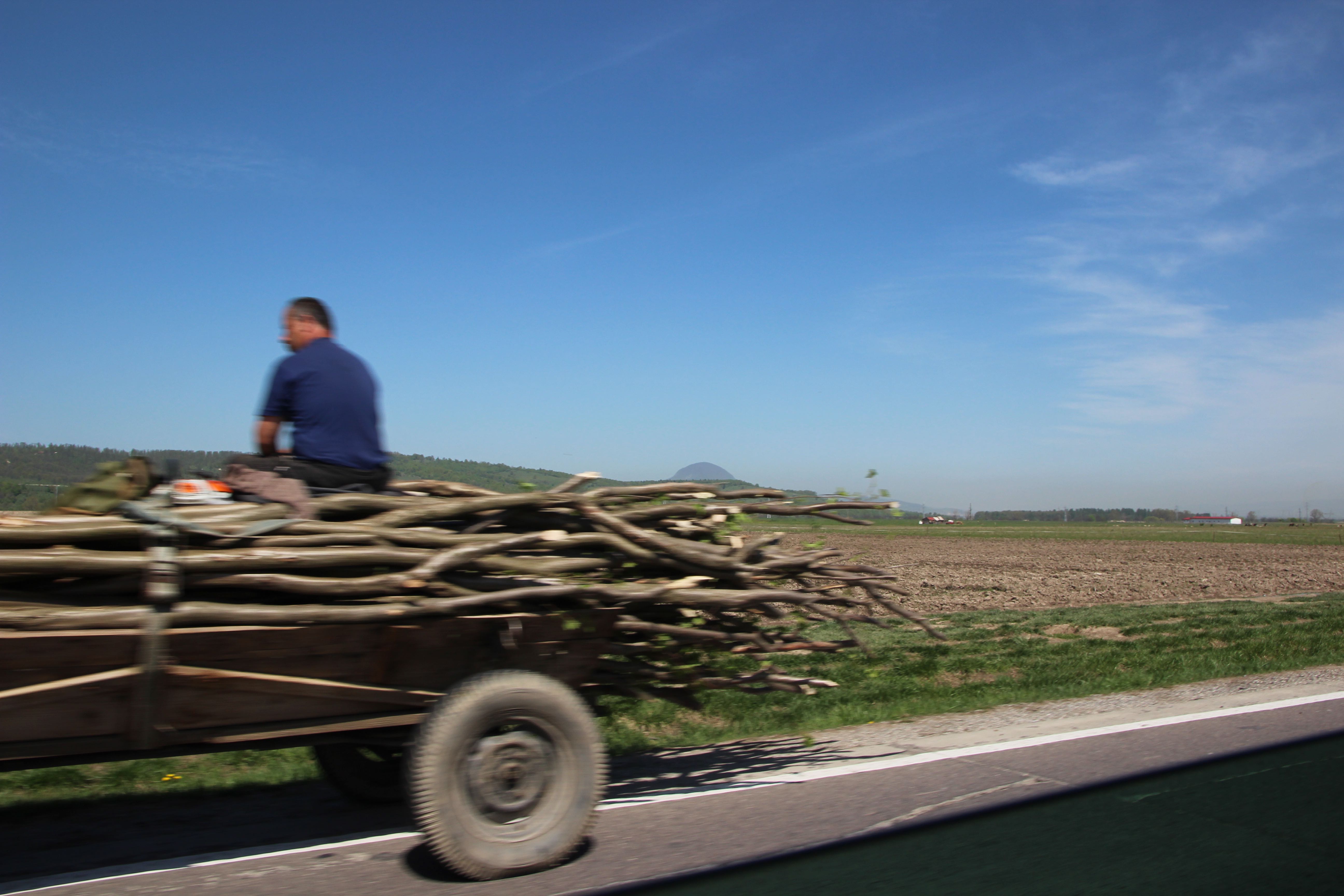
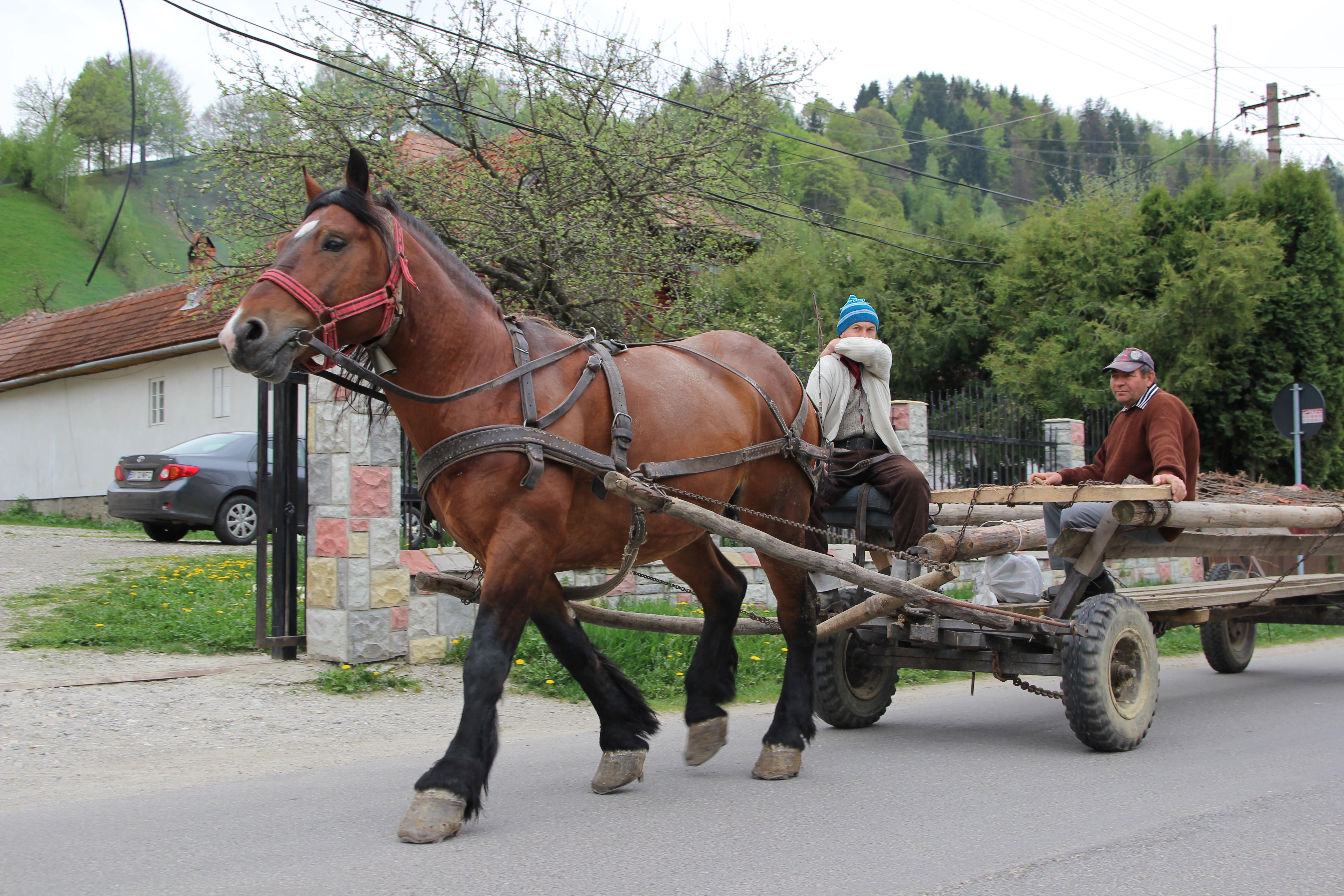
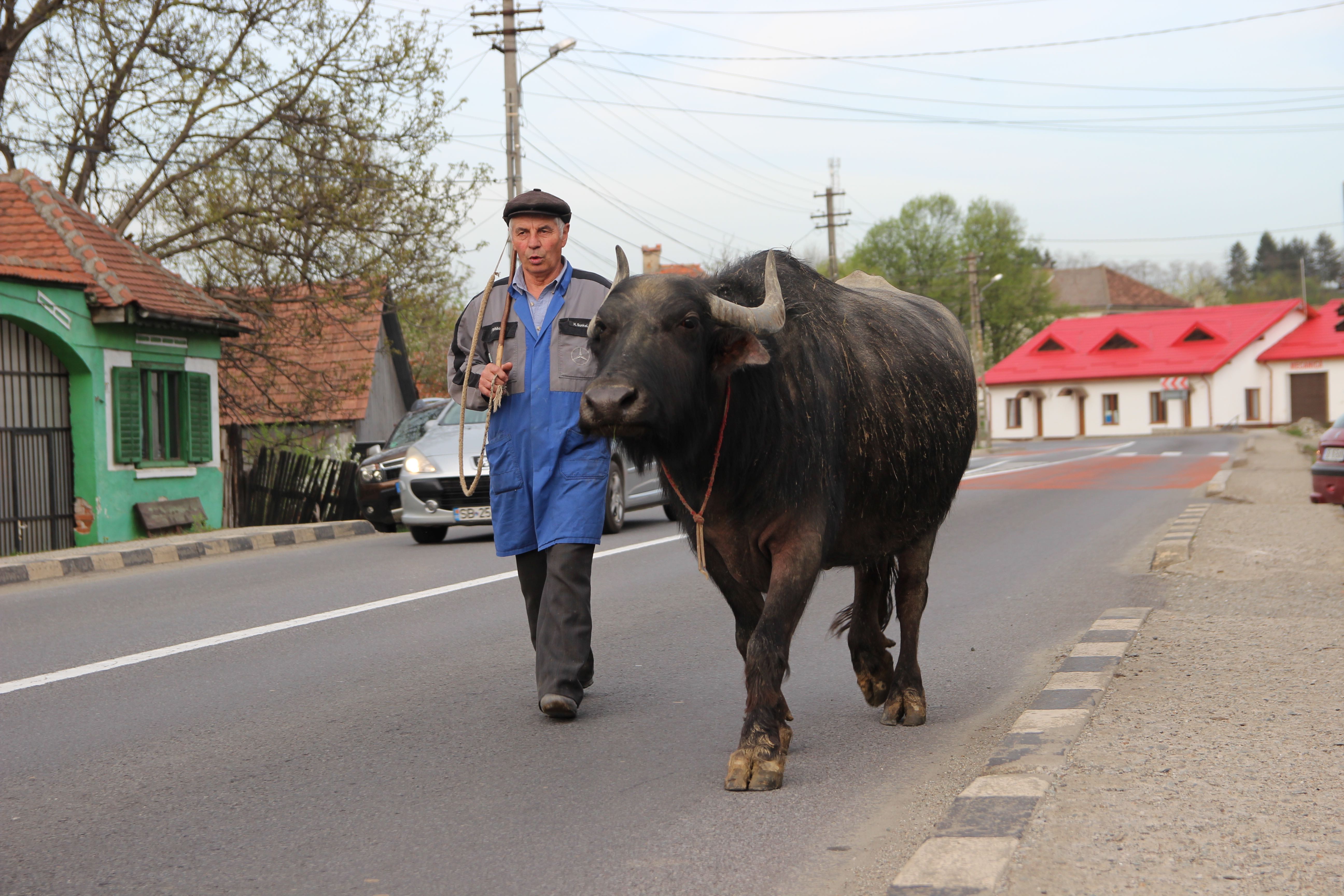
Sheep are being kept primarily for their milk, that often gets mixed with cow’s milk to make special kinds of smoked cheese. Besides that, the Romanian cuisine is very rich in meat. Collared pork for breakfast is not uncommon. Generally, you have to bring a large stomach, because Romanian hospitality knows no mercy: If you already scooped double portions of delicious semolina soup and mince stuffed cabbage, the hostess will bring in cake and pastry delicacies. Headache fans will enjoy schnapps from the very common home distilleries as well as homemade wine.


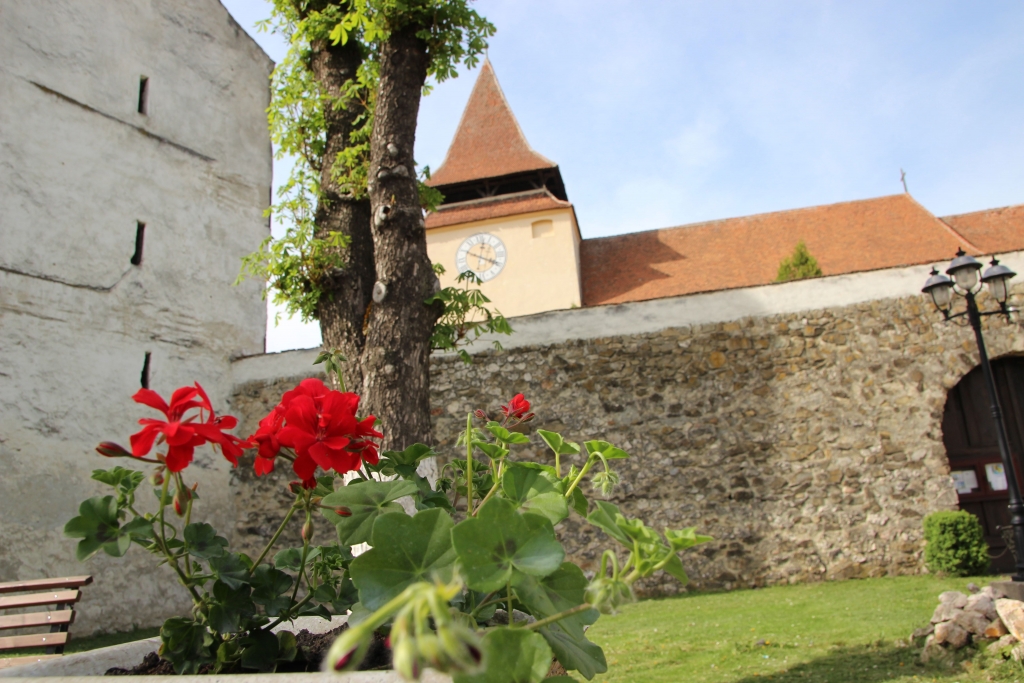
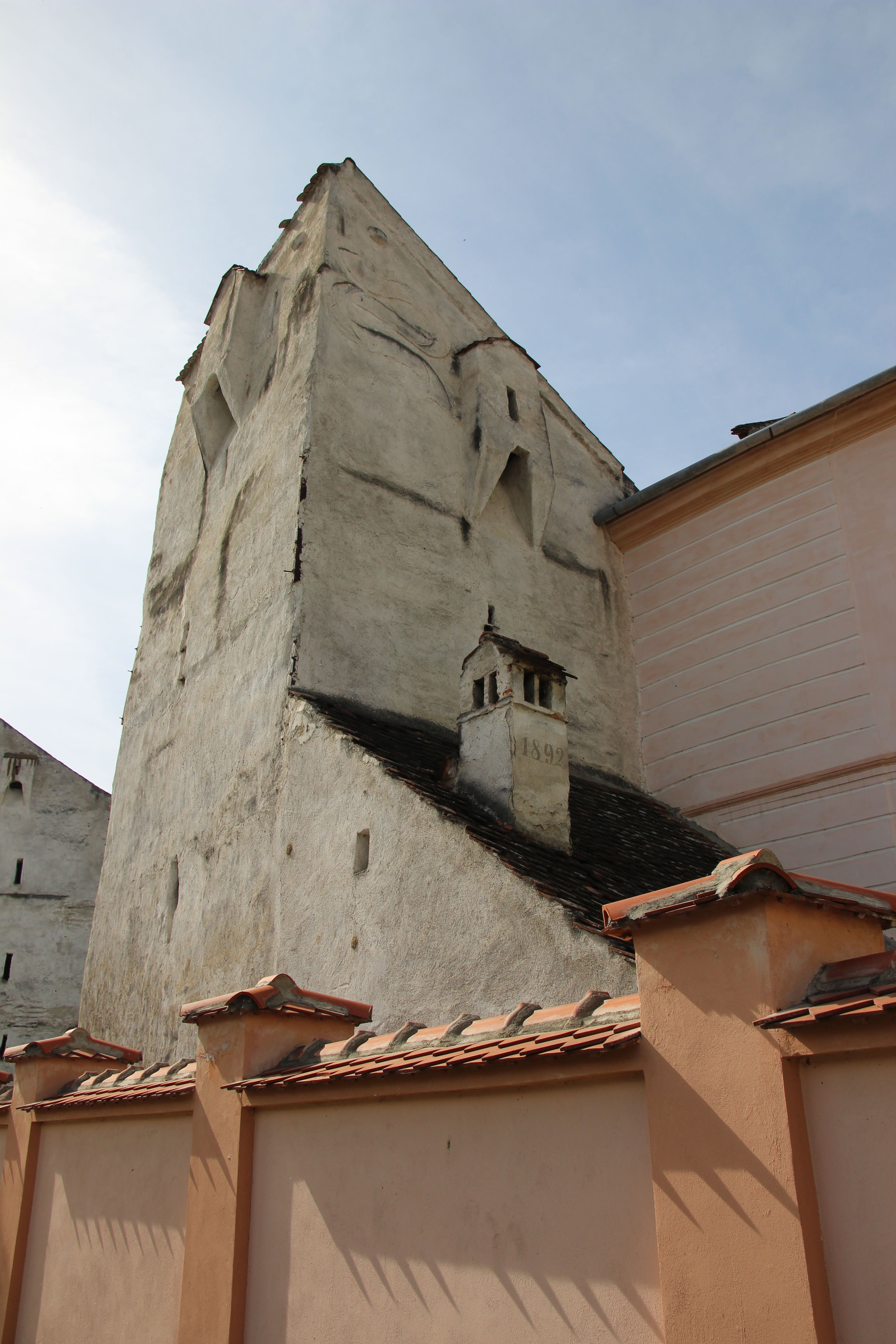



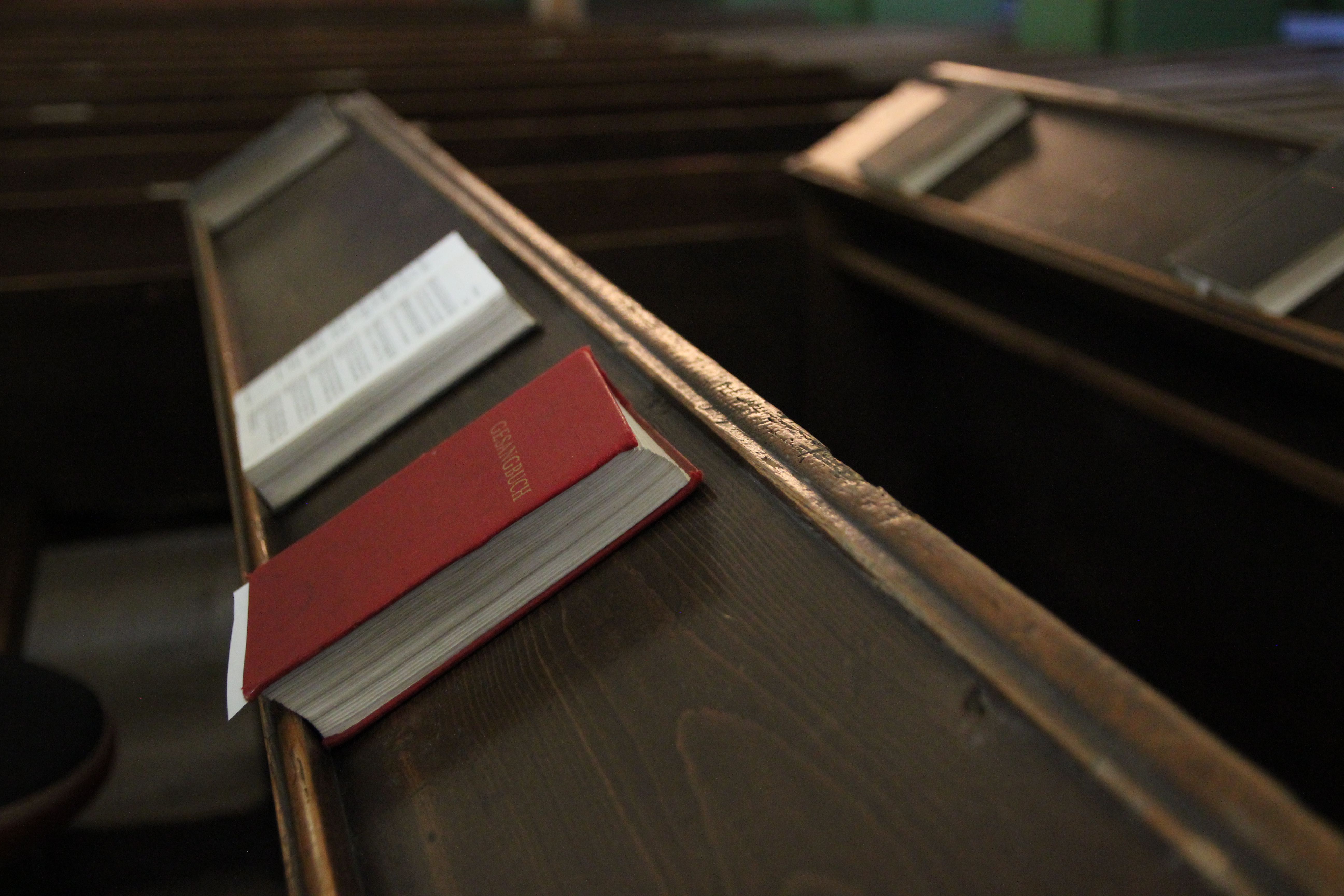


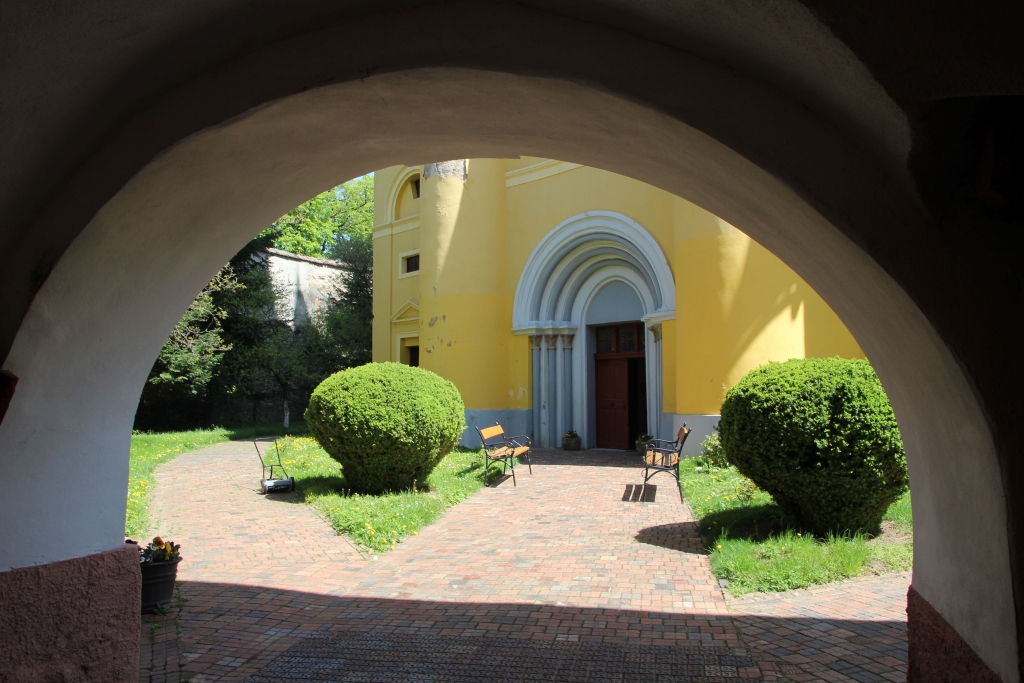

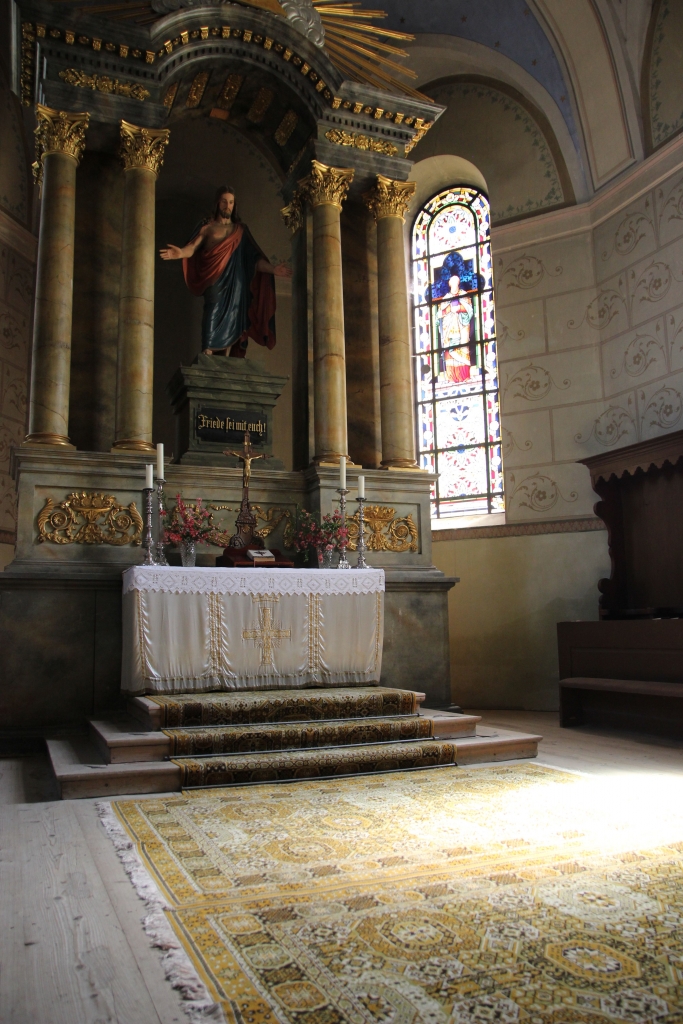
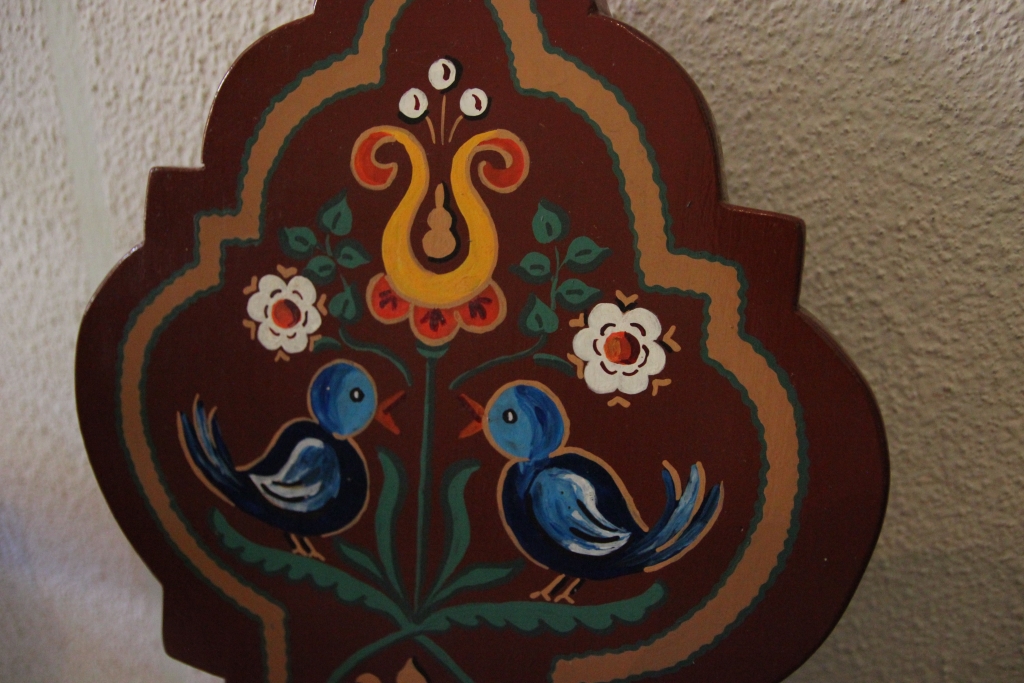
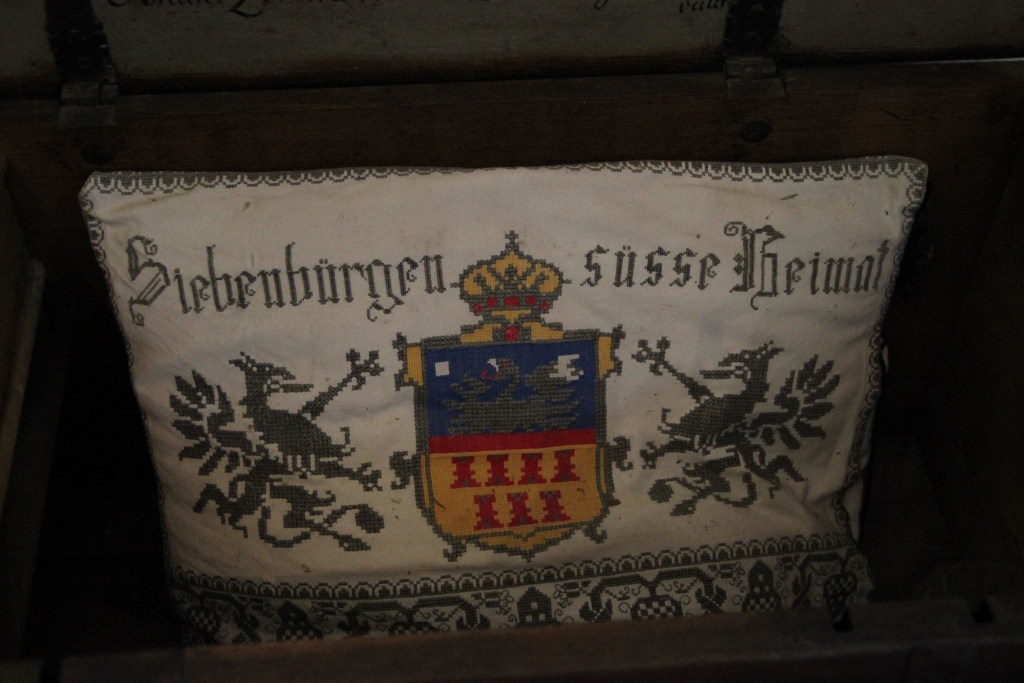
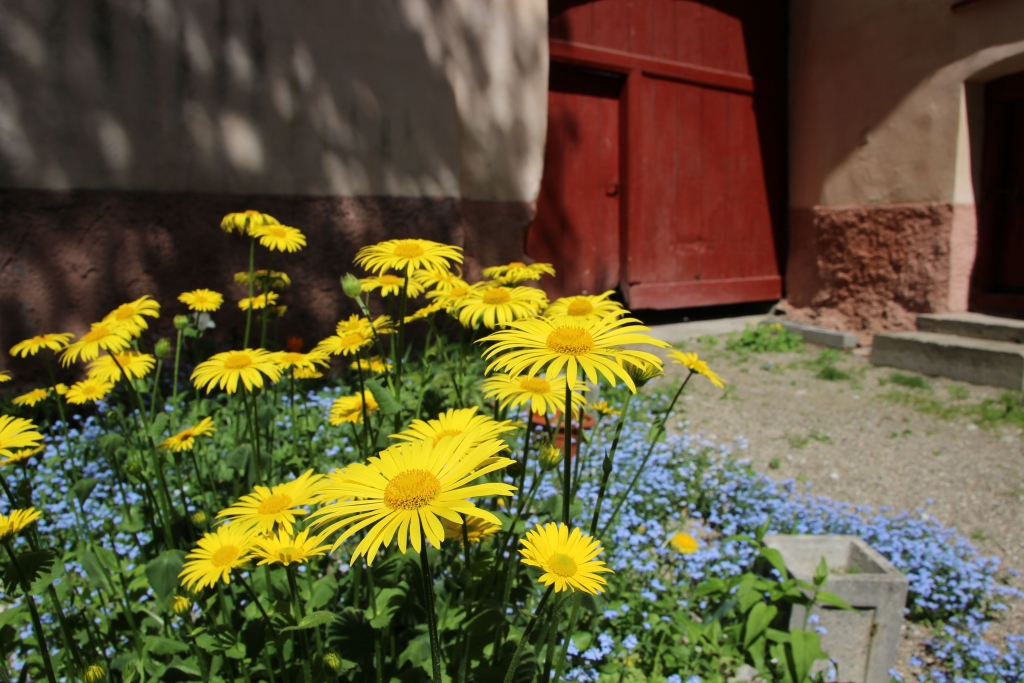
Church Castles are surrounded by a wall, the towers equipped with loopholes for defence. In Weidenbach, one of these towers is carrying the huge nest of a stork couple – nothing special, because storks in Romania are as ample as sparrows here.
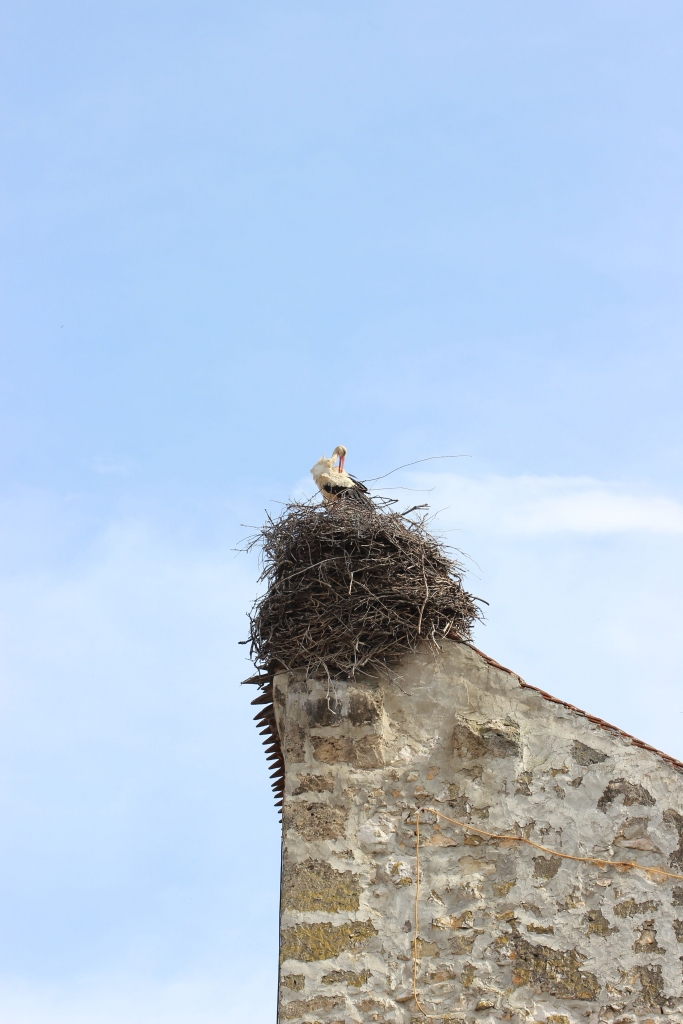
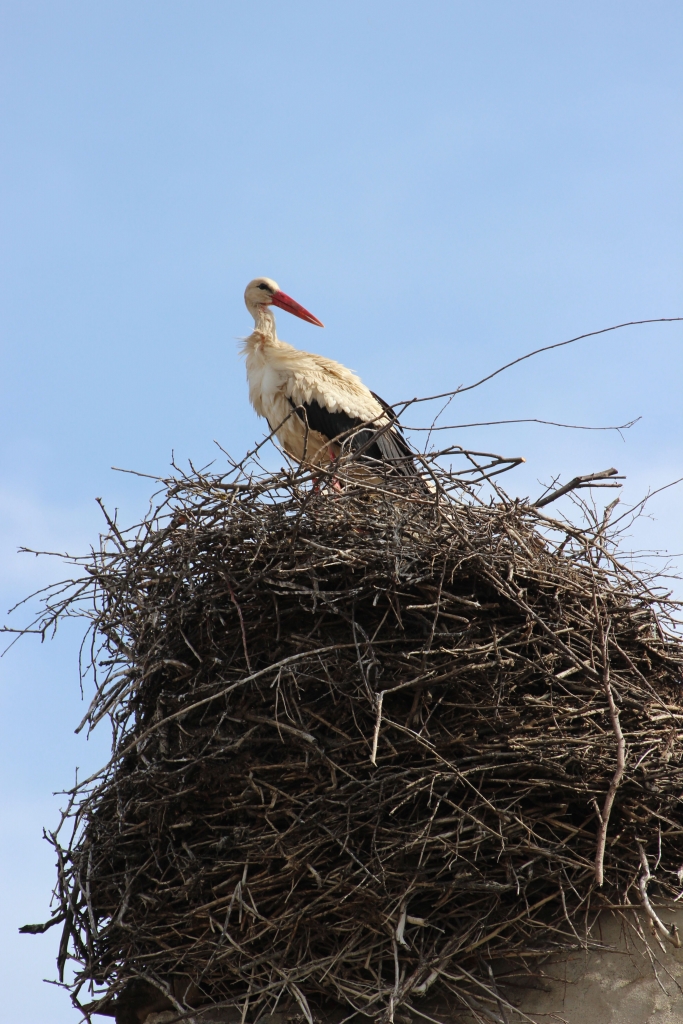
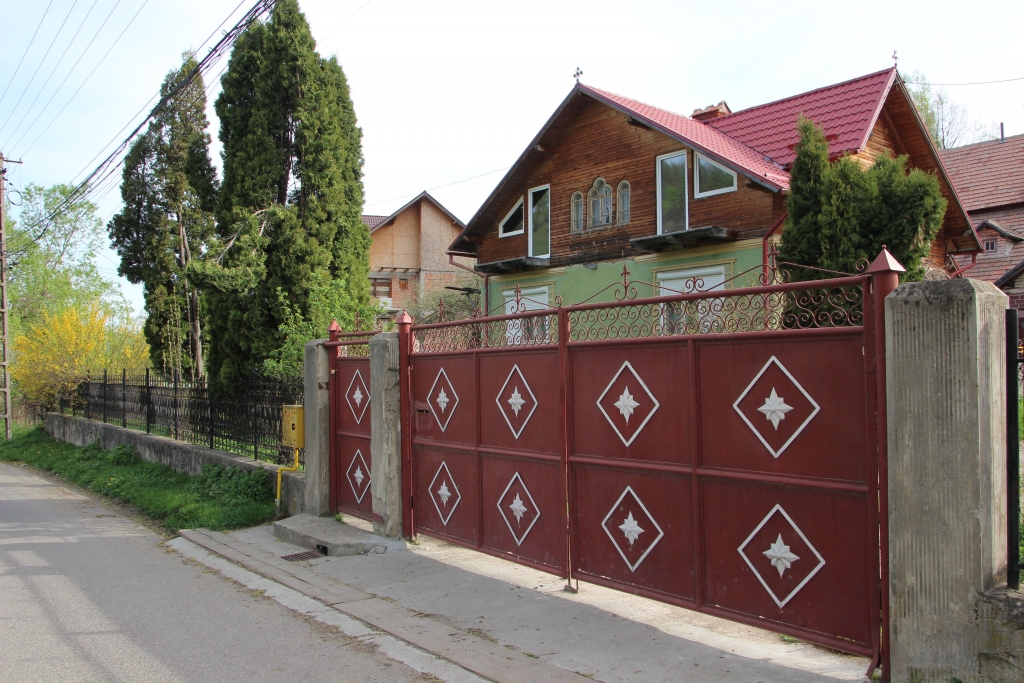
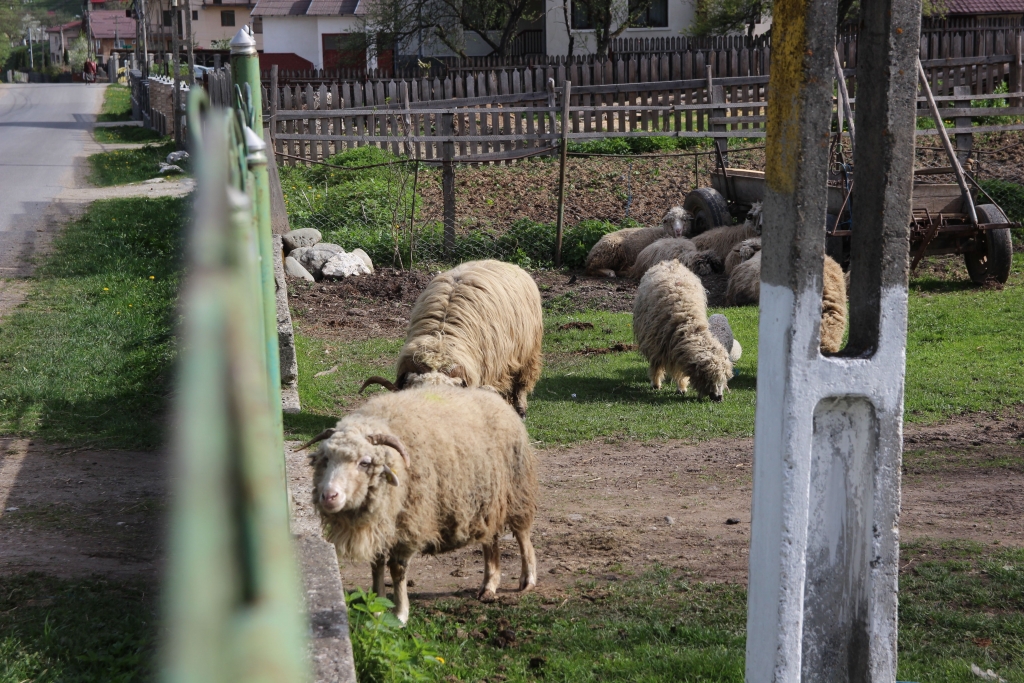


We stayed with friends of friends at their little farm. There were a handful of cows, a handful of sheep, a handful of chickens, a long-legged pig, a bearish watchdog with cute puppies and a love-hungry cat. For Romanians this is just a humble farm, for Central European vacationers this is an oasis of recreation. If it was up to me, I would have sat forever on the mosaic-covered terrace.
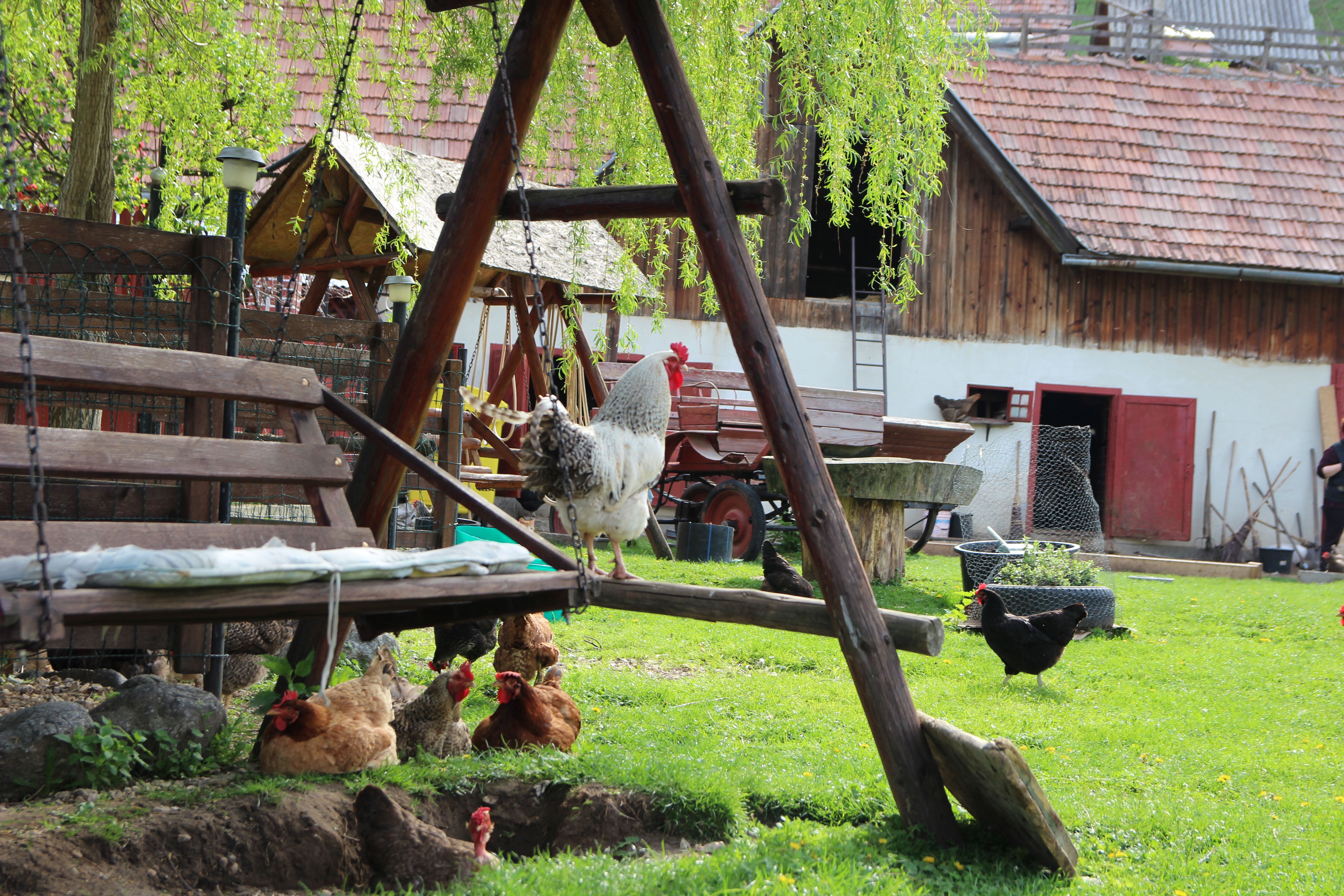
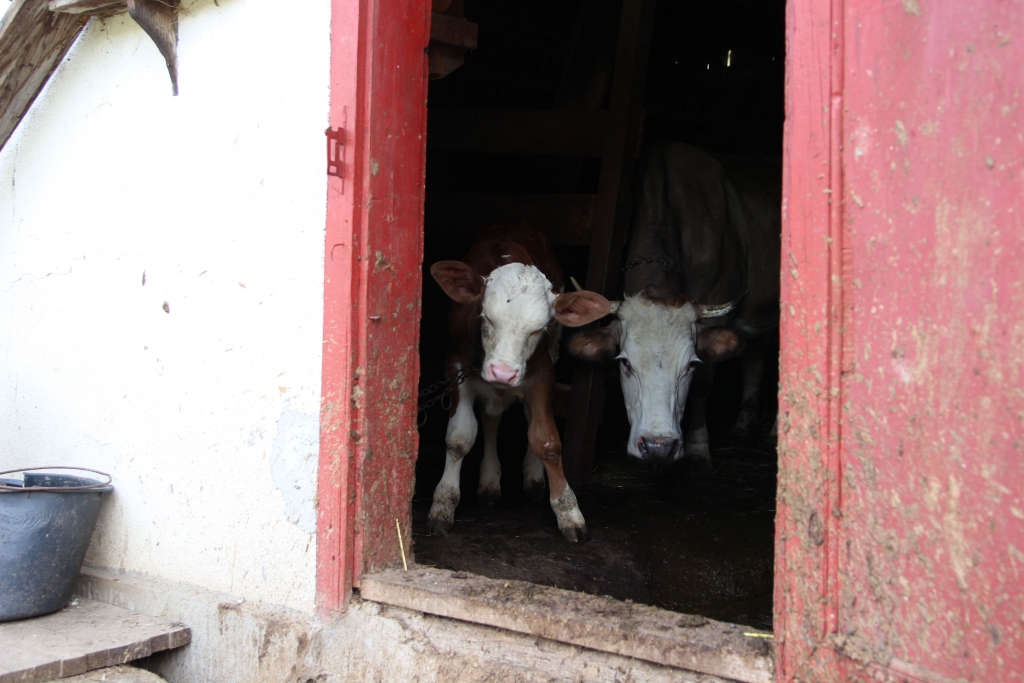
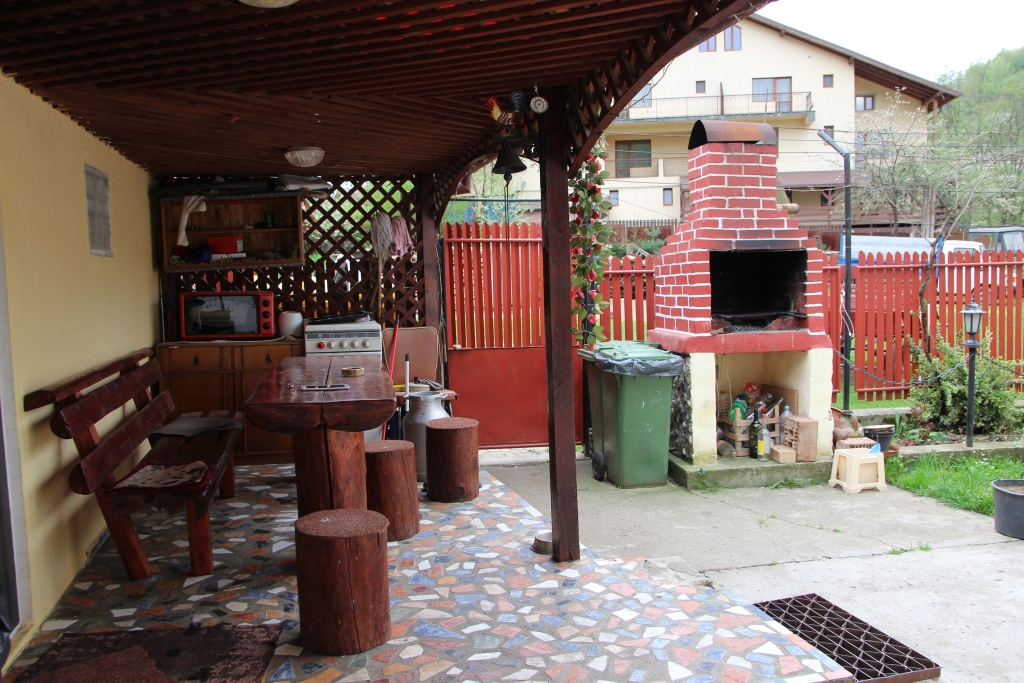
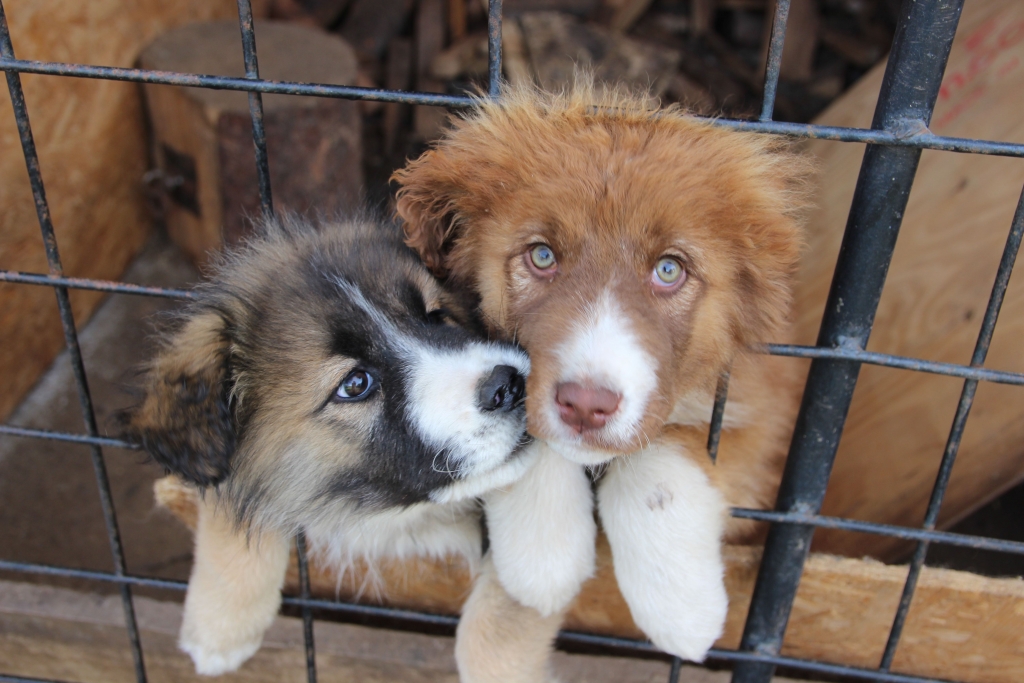
If I would like to photograph a person and do not speak their language, I usually hold the camera up in the air and look at them questioningly. Usually, they respond with an assenting nod. So did the farmer in the pictures below. He even tapped his workhorse on the cheek and pointed in my direction. Immediately, the animal turned its head and looked curious towards the camera. I loved the scene.
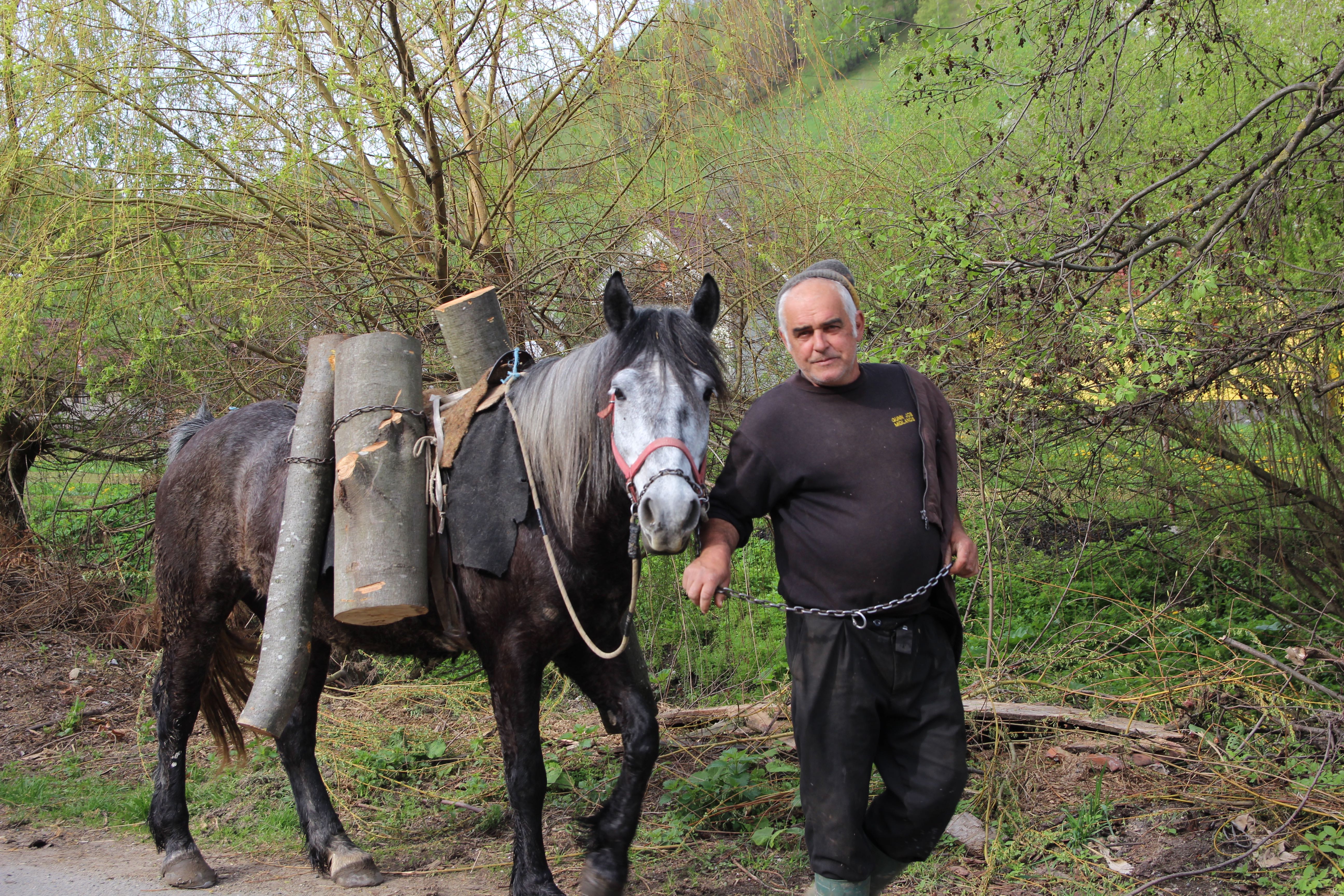
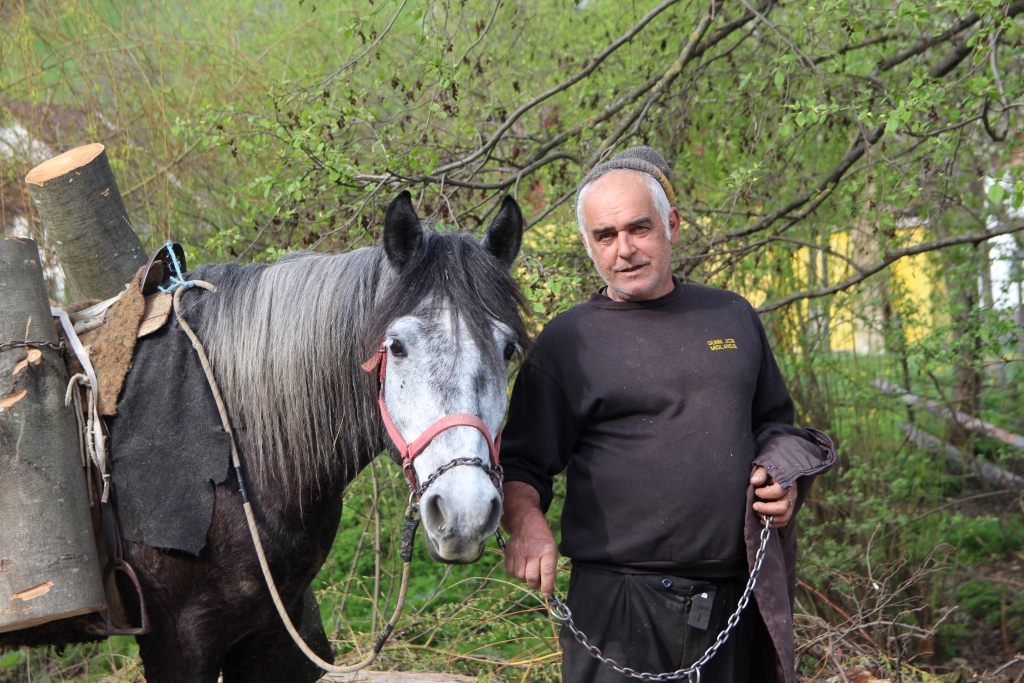
When the first snow-covered mountains appeared in the car window, I was happy, still not knowing, that this was a journey towards horror with the cataclysm building up like a storm. First, however, I want to show you two sets of motives that I particularly noticed.
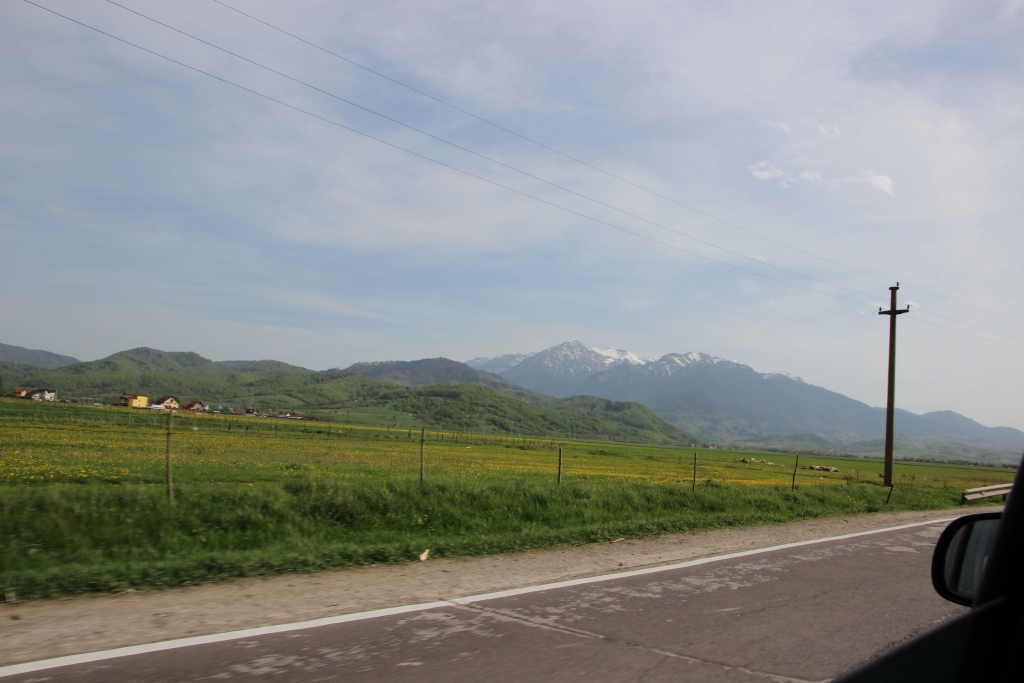
Being a big fan of road movies ala Mad Max, I do like scabby cars, for example, this one that is rusting away in some backyard. Otherwise, Romania is Dacia-country. Maybe you know the slogan: “The status symbol for those who do not need a status symbol.”
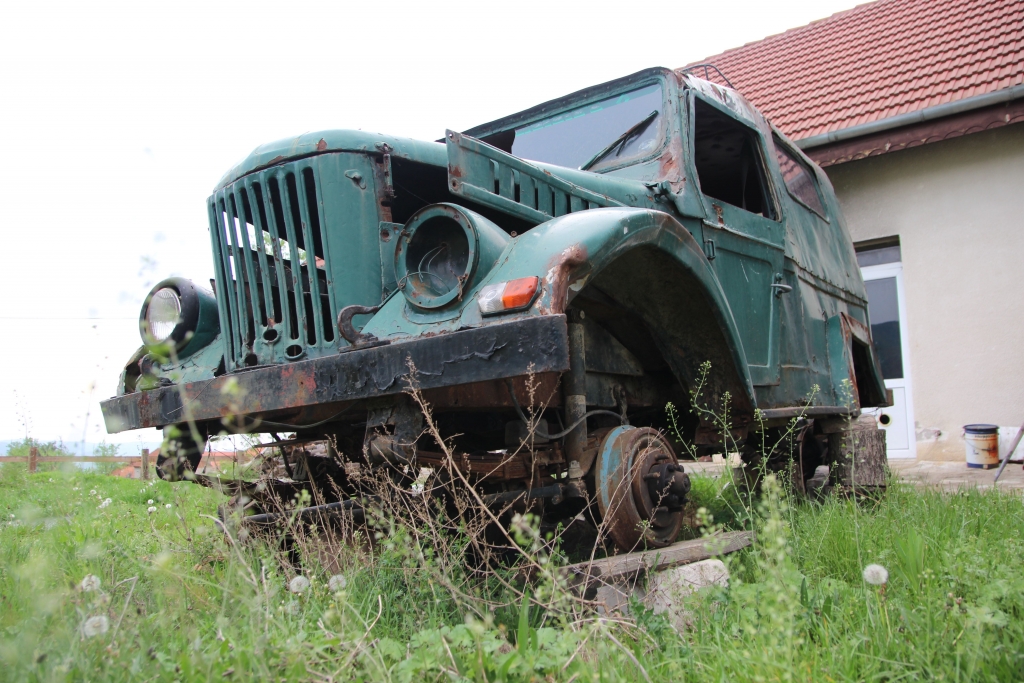

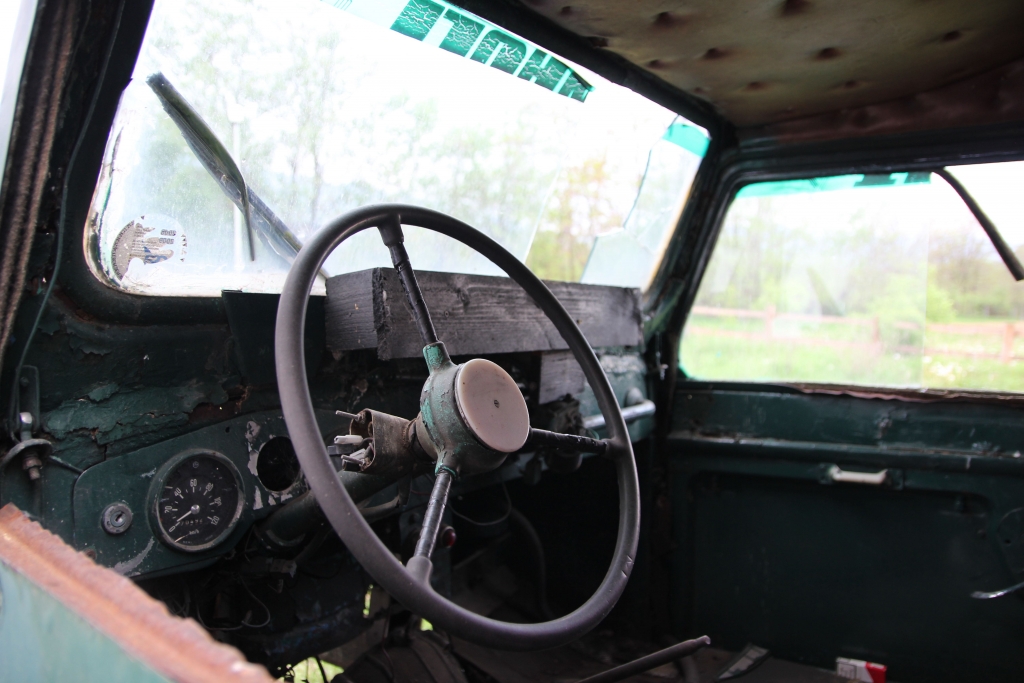
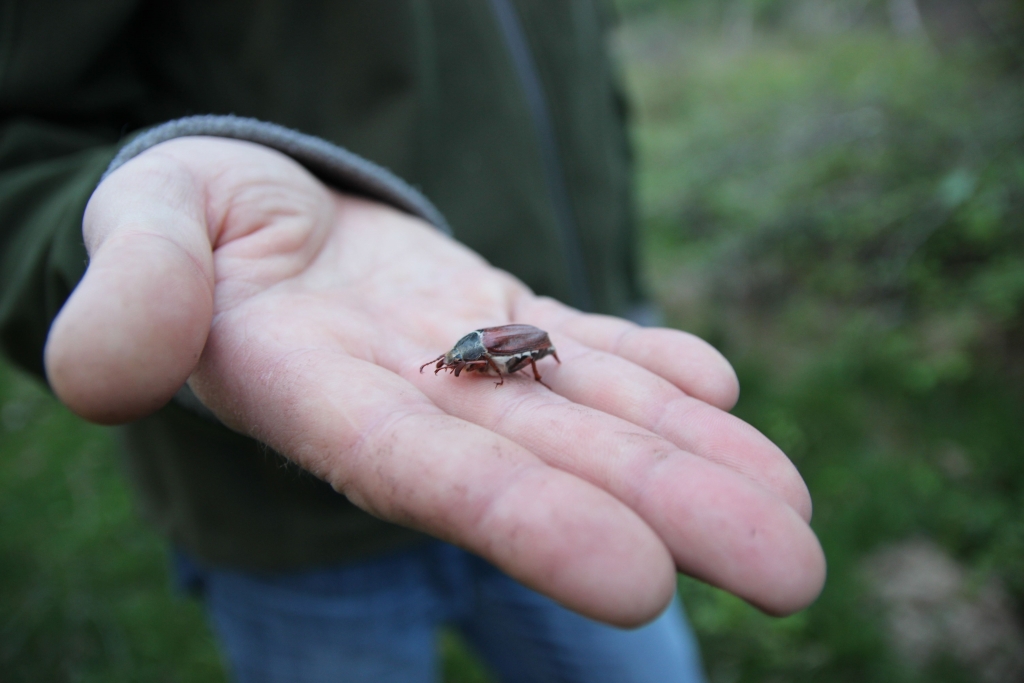
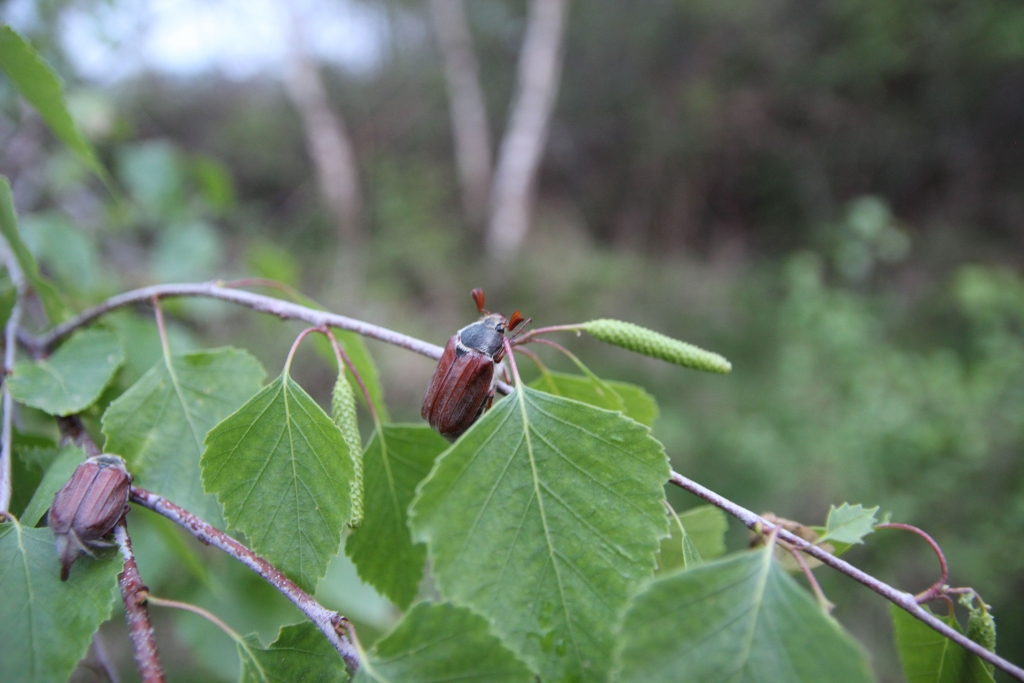
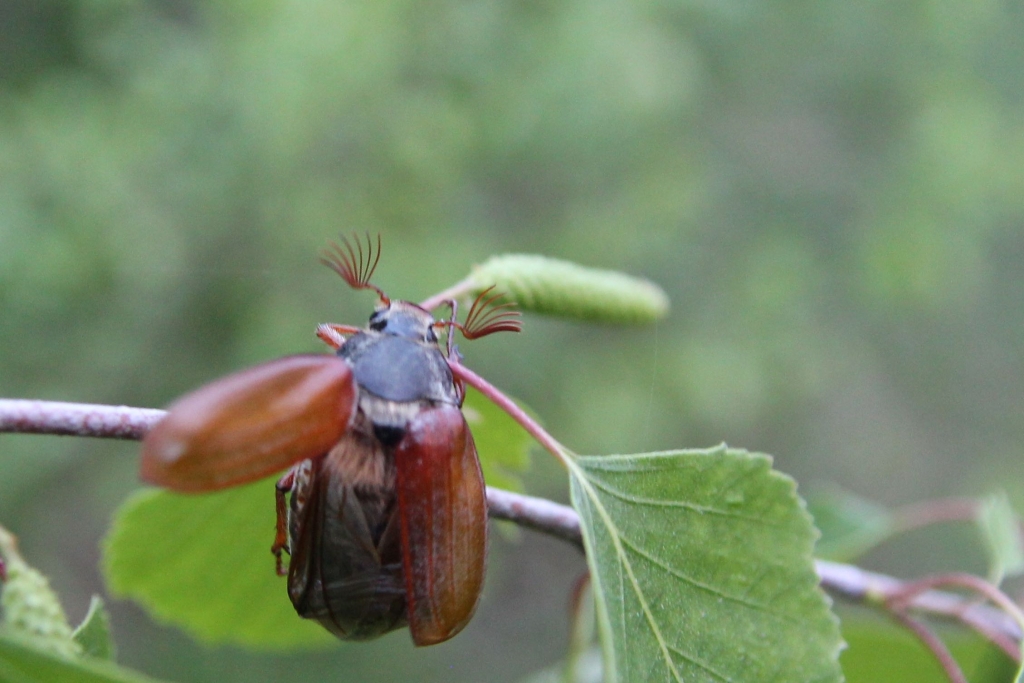
Finally, here is the story which you have been waiting for:
All was about a hunting trip that I wanted to document for a magazine, specifically, all was about the capercaillie. The big gallinaceous mountain bird has become rare in Germany and therefore is protected. In Eastern Europe, for example in Russia, populations are stable and grouse are being hunted for food by locals.
Basically, I support hunting tourism because only few animals are taken out and especially the economy of poor countries may benefit. That is, hunting tourism – contrary to popular opinion – can be a good thing, as long as everyone sticks to the rules and the money arrives at the right places. Considering the necessary licenses, transport, accommodation, guide and CITES documents for the import of trophies, hunting safaris abroad can be quite expensive which is why I usually just document the trips.
The German hunter who I was to accompany, I did not know personally. The journey, however, seemed to be alright, because on many hunting provider’s websites similar tours are being offered. However, during the journey, there were already signs of suspicion which just became clear in retrospect. The hunter and I just did not seem to be on the same wavelength. I asked questions and got strange answers that did not answer anything at all. “Communication problems”, I thought initially. Nevertheless, it gave me an unpleasant feeling in the stomach.
One evening, I probably asked too many questions and the German hunter, the “travel chief” responded in a very mean way. That surprised me, him knowing that I am a journalist wanting to document his hunting trip. Agonizing doubts were gnawing, the heavy feeling in my stomach grew stronger. He was hiding something. What could it be? Was I unwittingly involved in illegal stuff?
Thank heavens for low data roaming rates. Doing a Google search via smartphone, I found the Facebook page of a Romanian hunter. He made a serious and cosmopolitan impression since his site was written in impeccable English. I knew it was a long shot, the chance of getting a response in time was low. But I wrote to him, asking whether he was hunting capercaillie anytime soon and, if he could take me with him. The answer came surprisingly quick. He wrote that he was sorry, but he could not, because grouse hunting has been banned in Romania already for four years. A concrete lump dropped into my stomach. From one second to the other, the cheerful sunny Transylvanian skies seemed to get overcast by a dark sea of clouds. Somewhere between anger and helplessness, I was pacing up and down in the yard, smoking one cigarette after the other. “Stay calm, keep cool,” I kept telling myself. Then, I made a plan. Well, it was not really a plan, more like an idea. The next morning, I called the editor and had the Romanian hunter’s information confirmed. It was clear, I could no longer stay with the group. At breakfast, I broke the news to the “chief” that our paths would separate right here. His answer: “This is the best idea you’ve had so far.” I was so angry, I almost threw up. As calm as possible, I nodded in agreement. Then I packed my things and left.
Where should go? How should I get home? Should I go home at all and just give up the story? Maybe I could document another hunt, maybe for boar or bear, both had season.
So I called the only local, I knew, who spoke English and who I trusted since he bluntly had told the truth, the Romanian hunter: Emil Inout Negrusa, owner of the agency Carpathien Hunters. As it turns out later, this was the right decision. Emil understood the trouble I was in. Although, he could not guarantee a hunting story – Spring was just the wrong time of year – he wanted to show me the Carpathian mountains. So he invited me to his home town Bistrita.
Getting there was not easy. I was about 300 kilometers away from Bistrita, the trip was quite an odyssey – public transport in Romania is not that frequent. Alone at the train station, I sat for four hours.

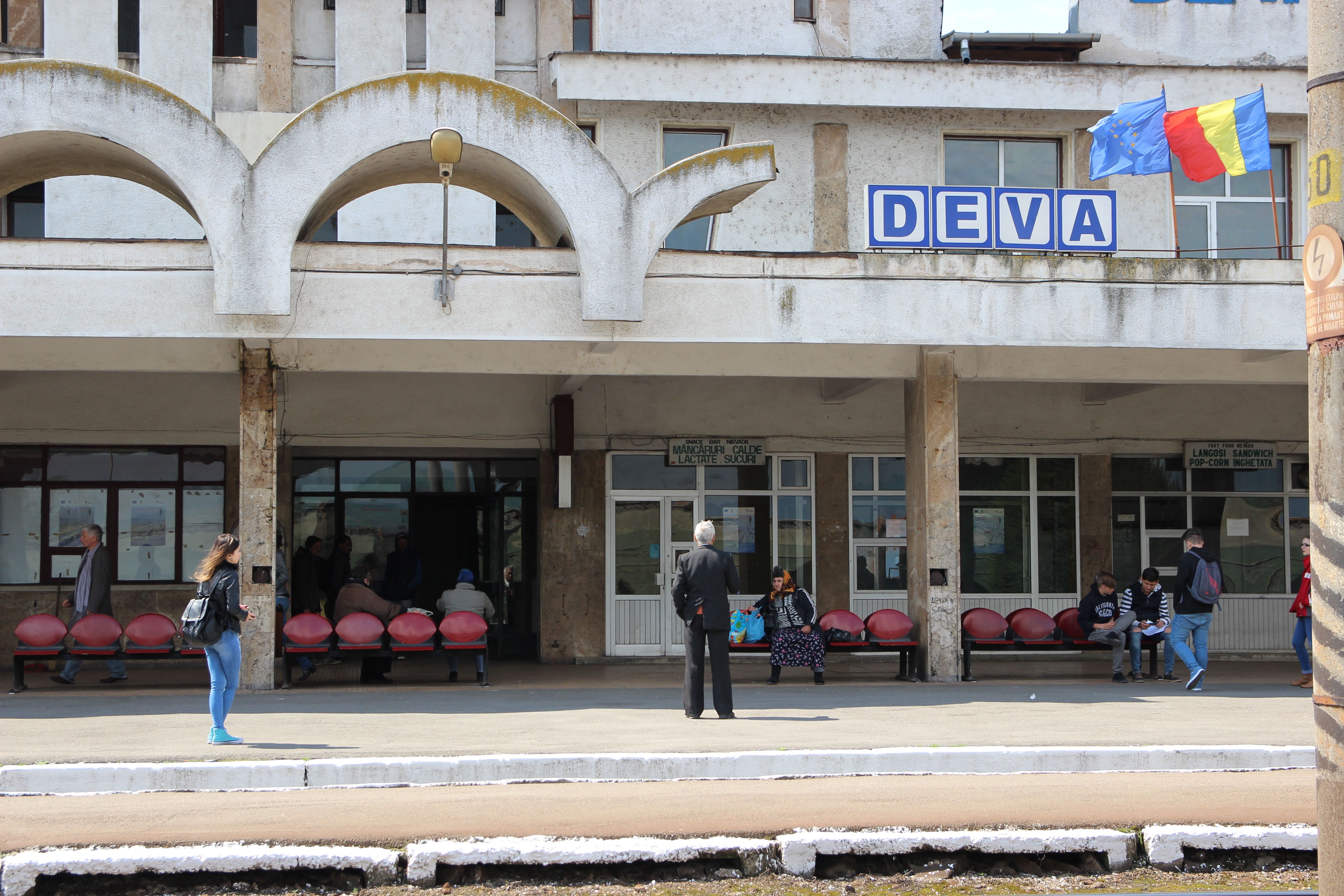
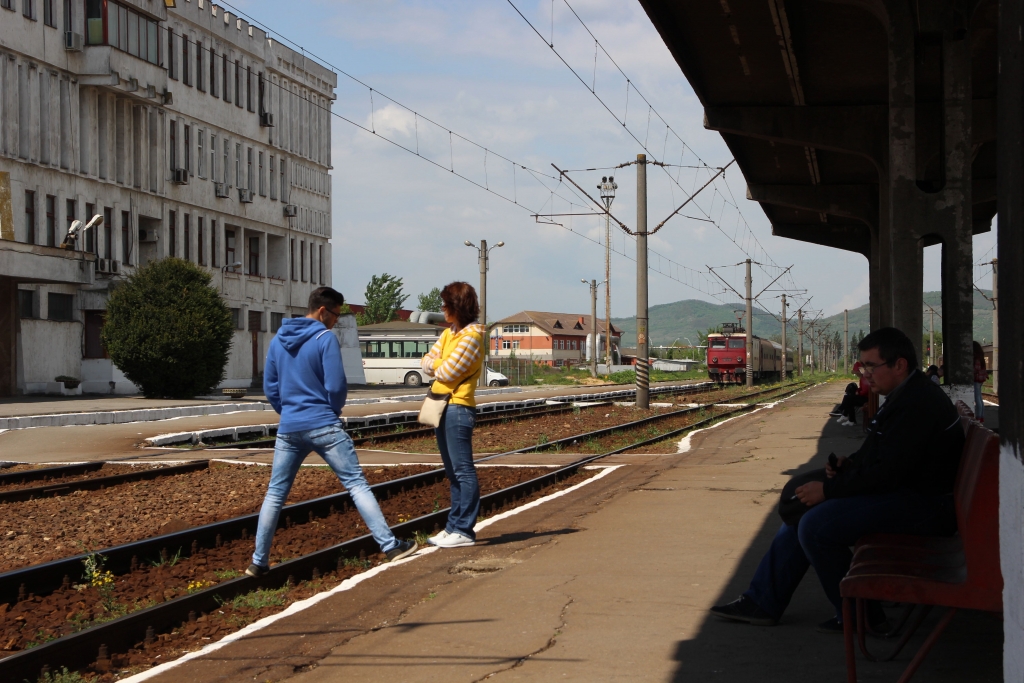
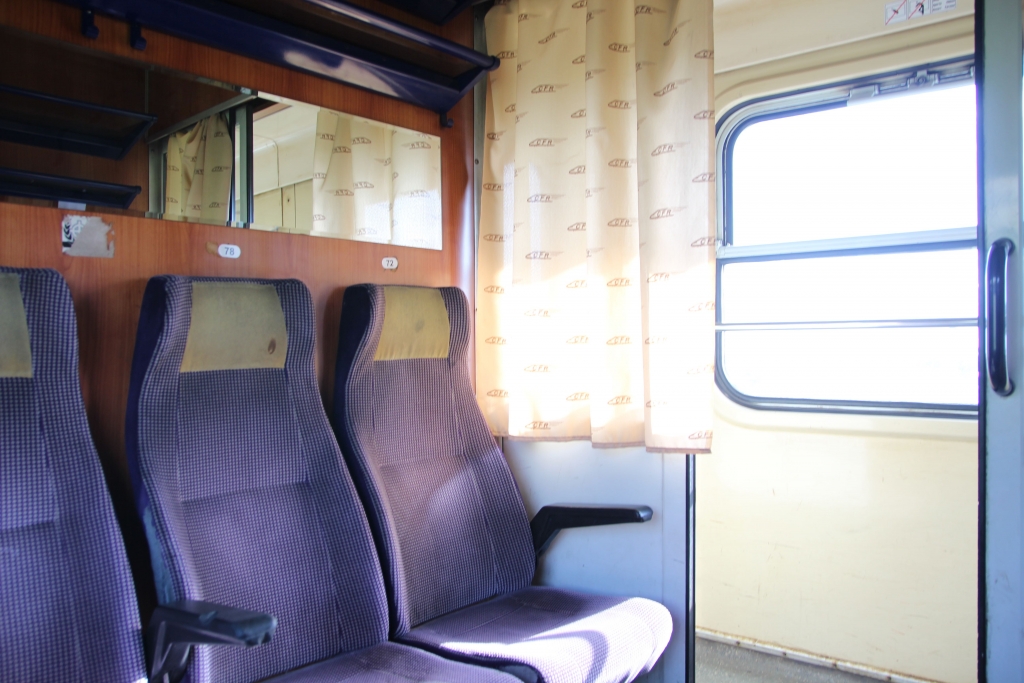
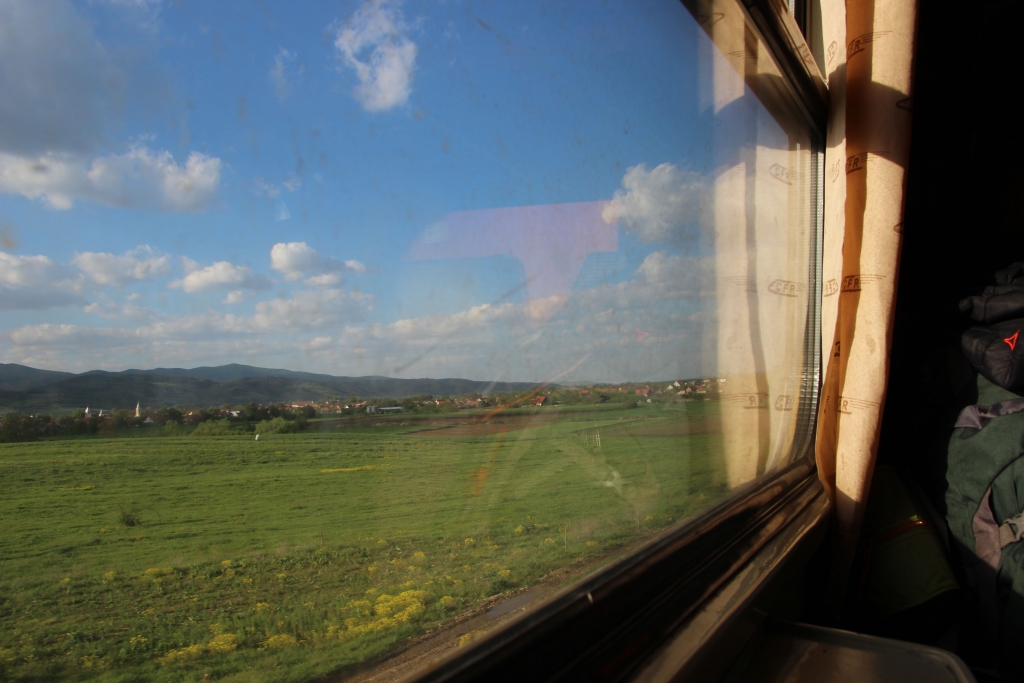
For the last 100 kilometers, there just was no public transport, so I had to travel by taxi. Half amused half scared by the craziness of the driver who reminded me of an octopus on speed: Driving like a madman, he was chain smoking, drinking coffee and fidgeting on the radio and his mobile phone – all at once. We arrived at midnight, two hours later Emil and his father picked me up. Sleep was out of the question, anyway, I was too upset by the recent events.
This is how I found myself somewhere in the Carpathian Mountains at two o’clock in the morning. Puffing and panting, my previous laziness cursing, I made my way up, step by step. Emil and his father Valer helped as best they could, slowed down or pulled me back on my feed when I stumbled. We were traveling to the hidden mating grounds of the capercallie. Instead of using guns, we went hunting with our cameras.
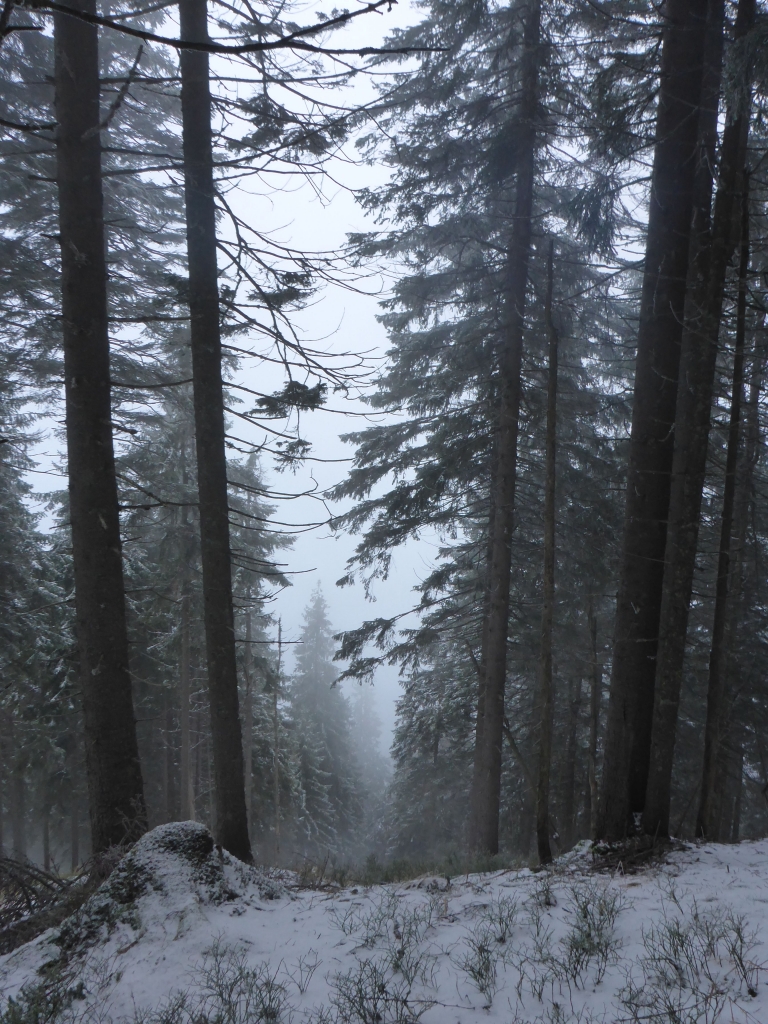

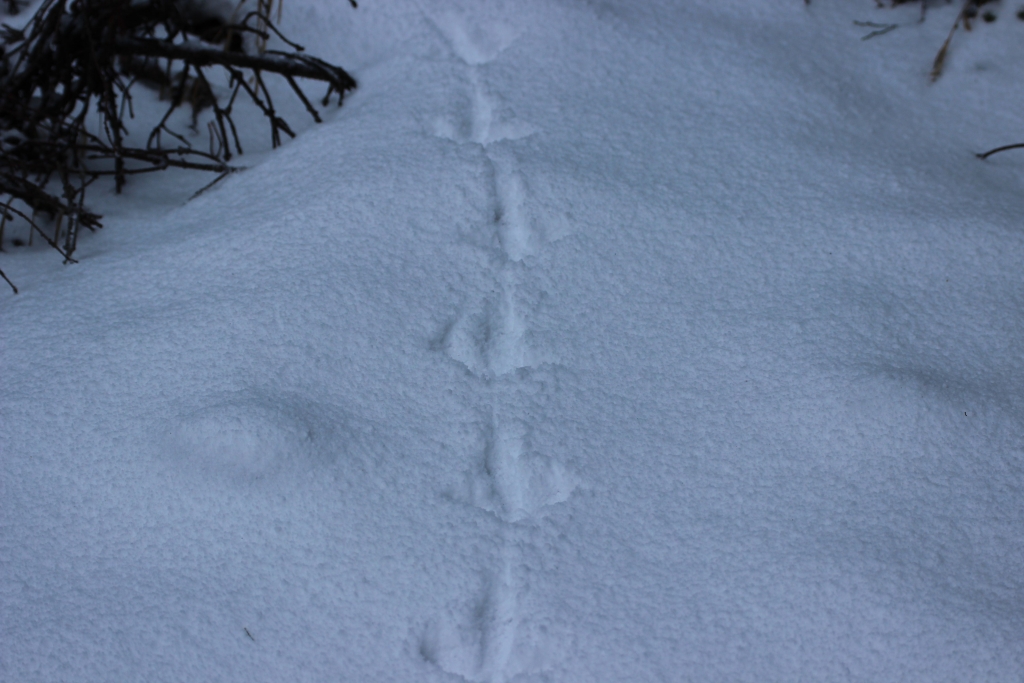
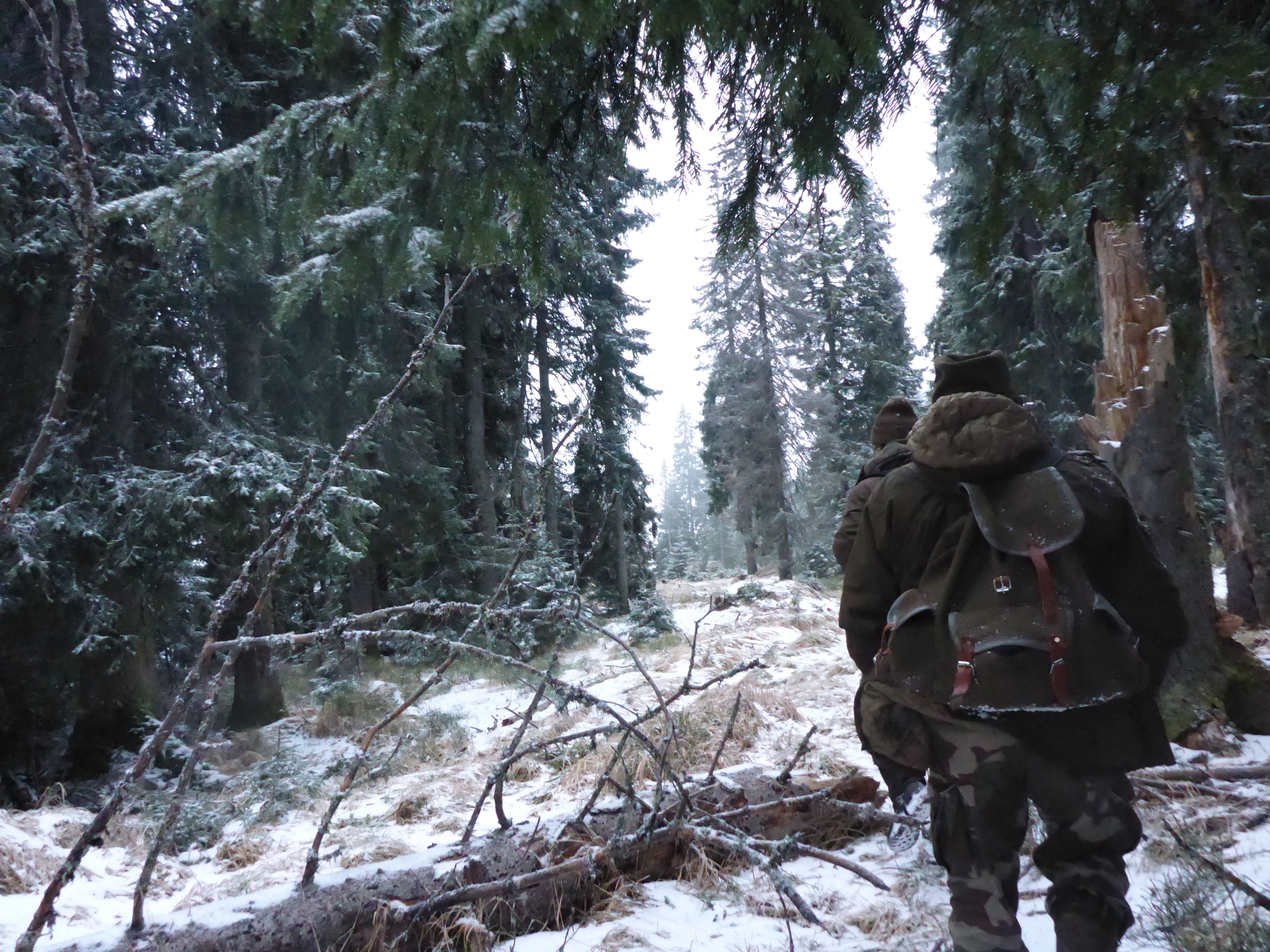

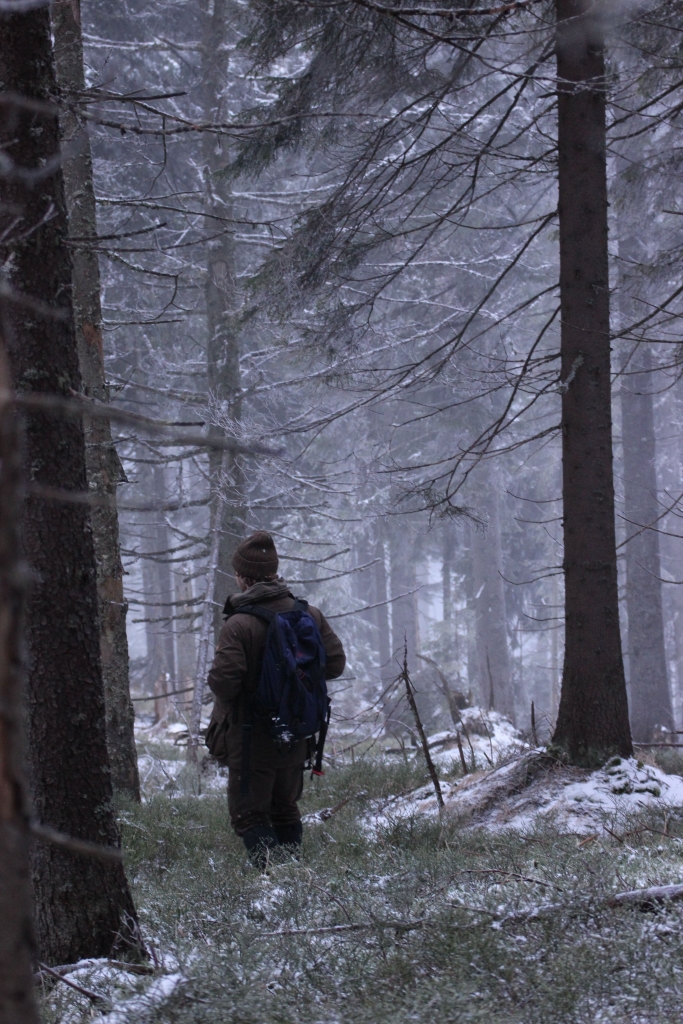

“Mystical bird” the Romanians call the capercaillie. Without being able to explain it properly, I understand why. The elusive big mountain bird just seems so special in his behavior and his appearance. In April, during the high season of mating, they sing until way after dawn. In the distance, the sunlight light starts shining on the snowy peaks. While we are having an apropriate mountain breakfast, Emil points out the peaks he has already climbed.
Below you can see one of his videos of a mating capercaillie.
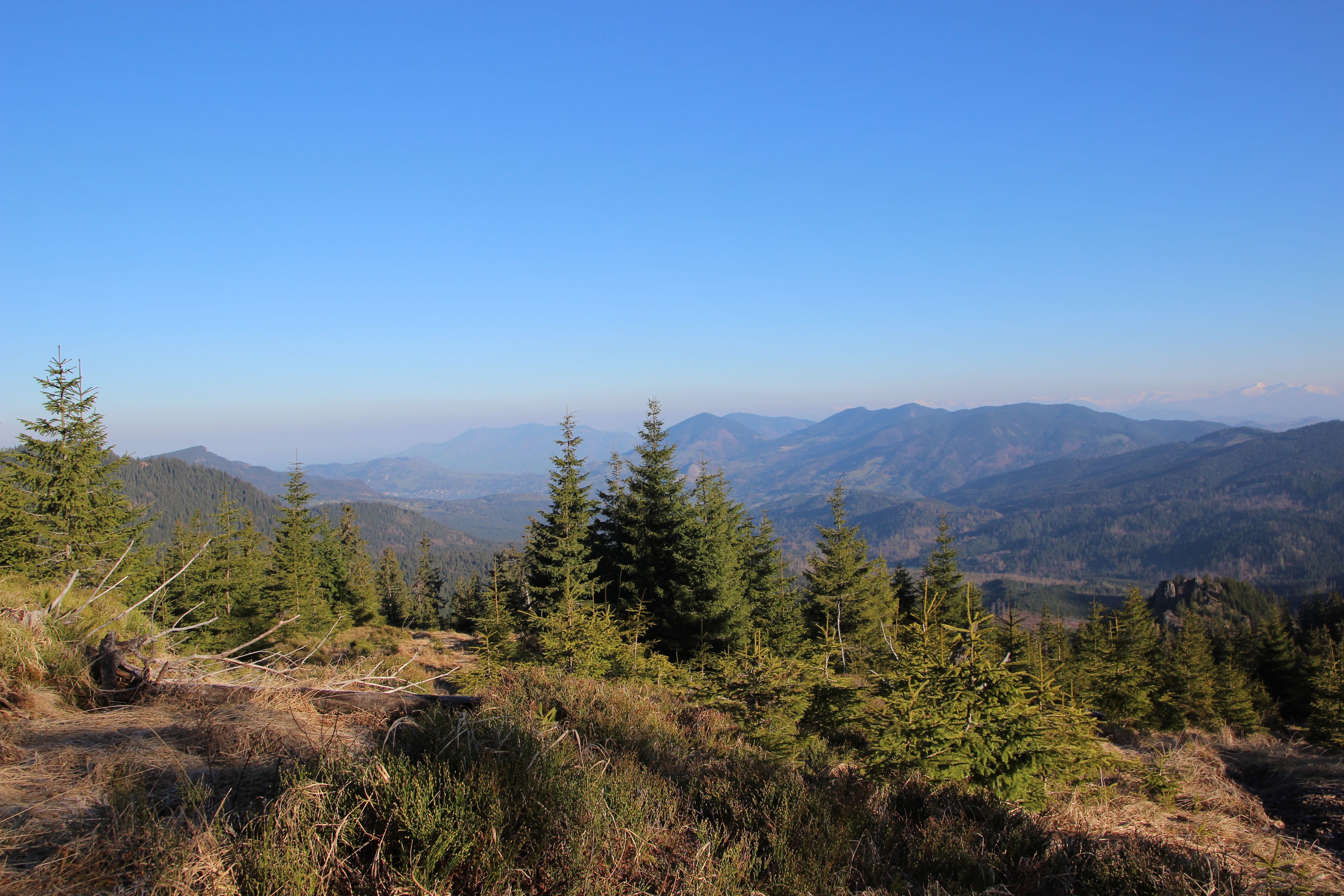
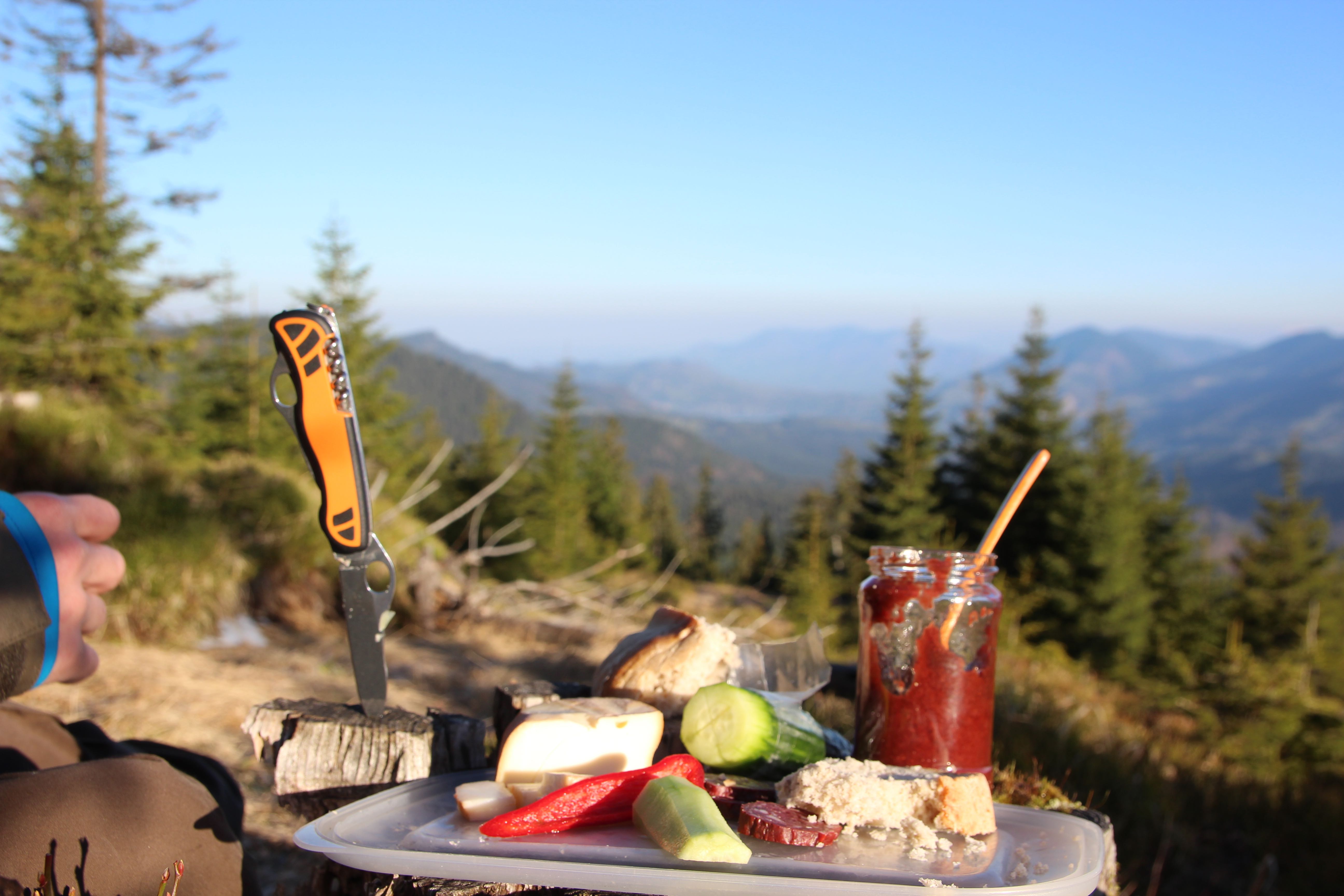

Emil is 27 years old, he has been running his agency since he was 18. Hunting he goes since he can walk. His father Valer Negrusa manages several hunting grounds and was a hunting guide to the former Romanian dictator Nicolae Ceausescu. He often visited Bistrita staying at a huge hunting lodge on Delau Negra, the Black Hill. The cabin has been renovated and is now available for tourist accomodation. From there, as far as the eye can see, there are fruit trees. In autumn, bears come to eat the fruit, presenting an unique occaison for hunting or watching.
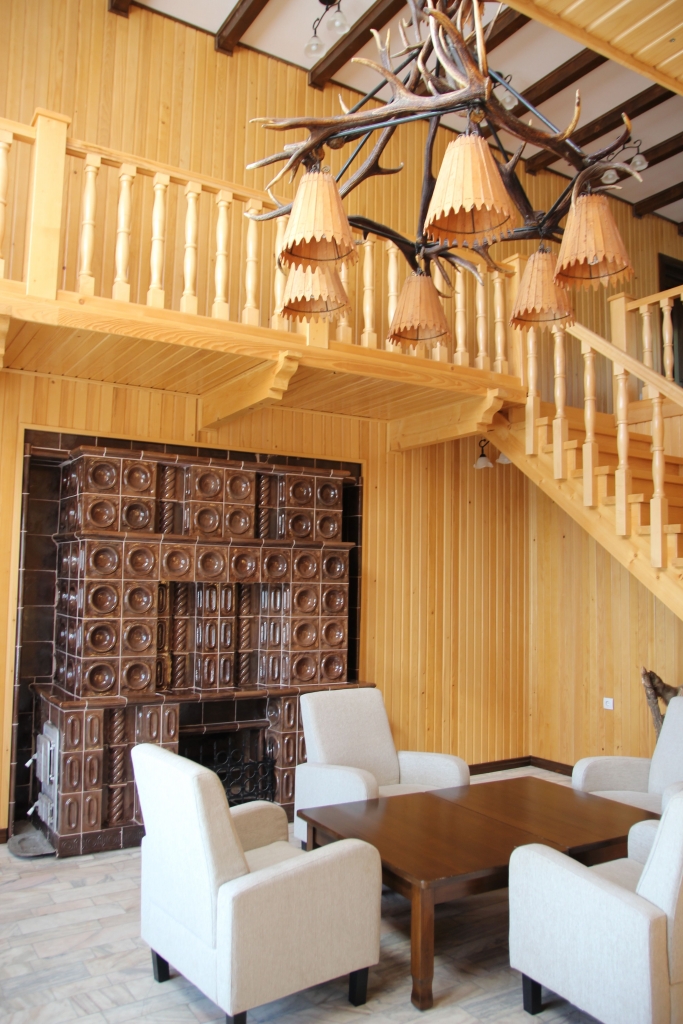


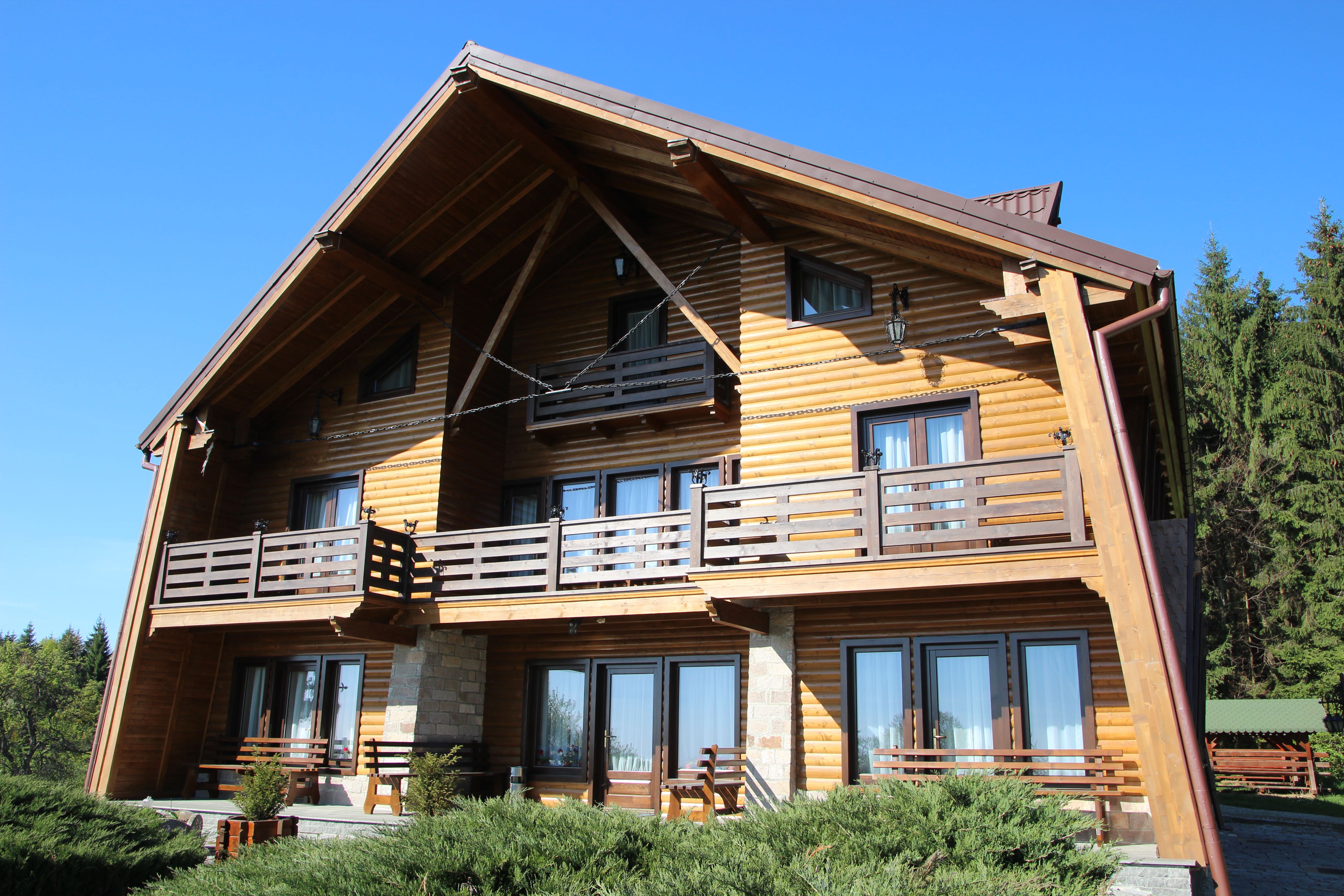
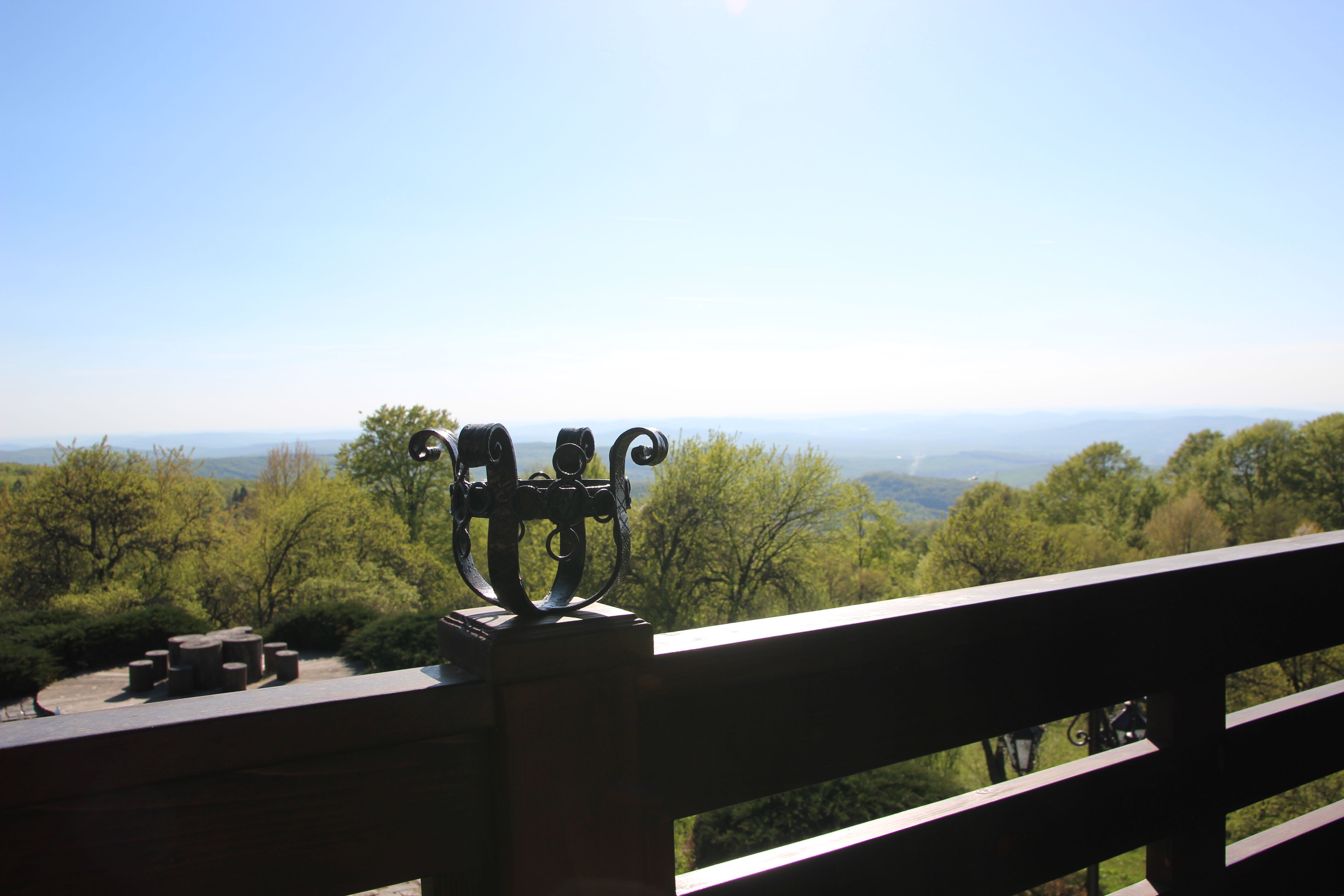
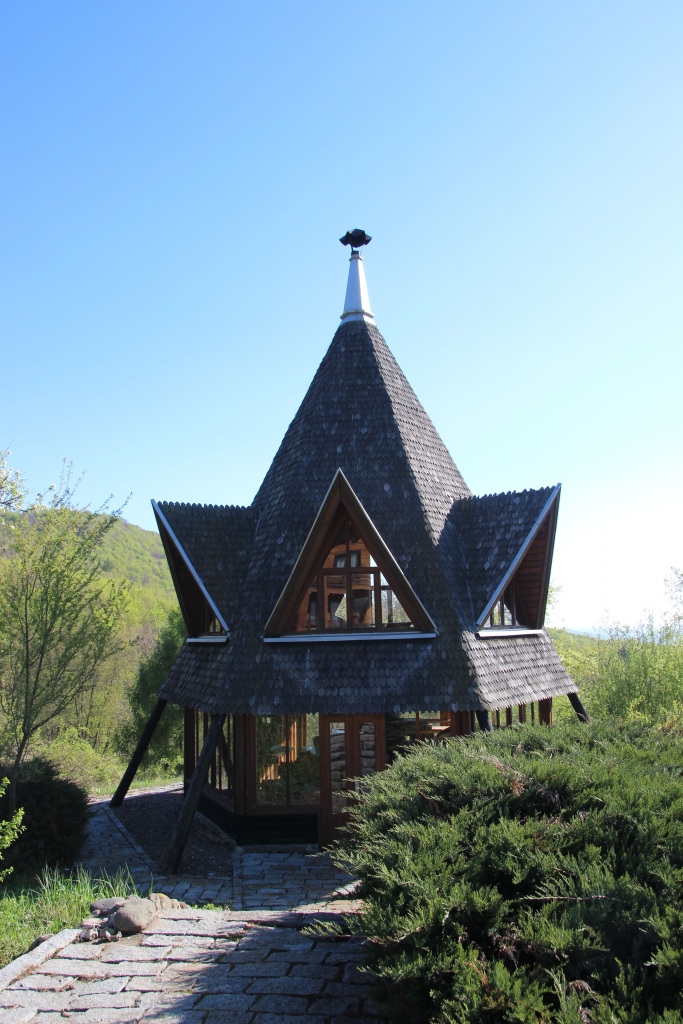
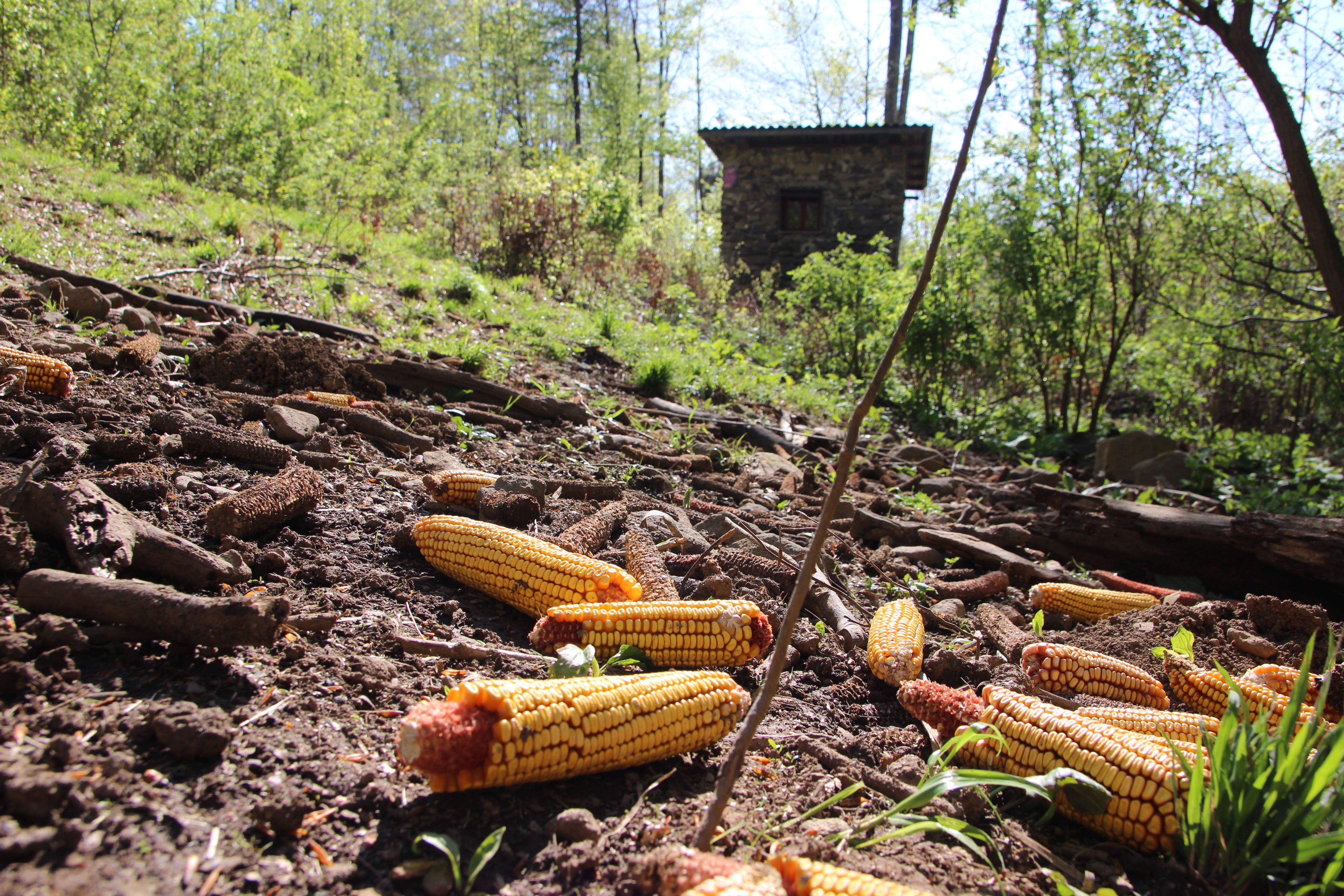
Simion, Emil’s friend, owns a horse ranch, where he offers hourly riding as well as multiple day trekking. It was the evening before my departure – by plane from the city of Cluj – when I found myself galloping through the Romanian grasslands on a black Lippizzaner. All tension was forgotten, the world seemed good again. I had made some incredibe experiences and was accompanied by new friends. Without the nerve-racking incident a few days ago, I had not had the chance to meet Emil or Simion. All is well that ends well.
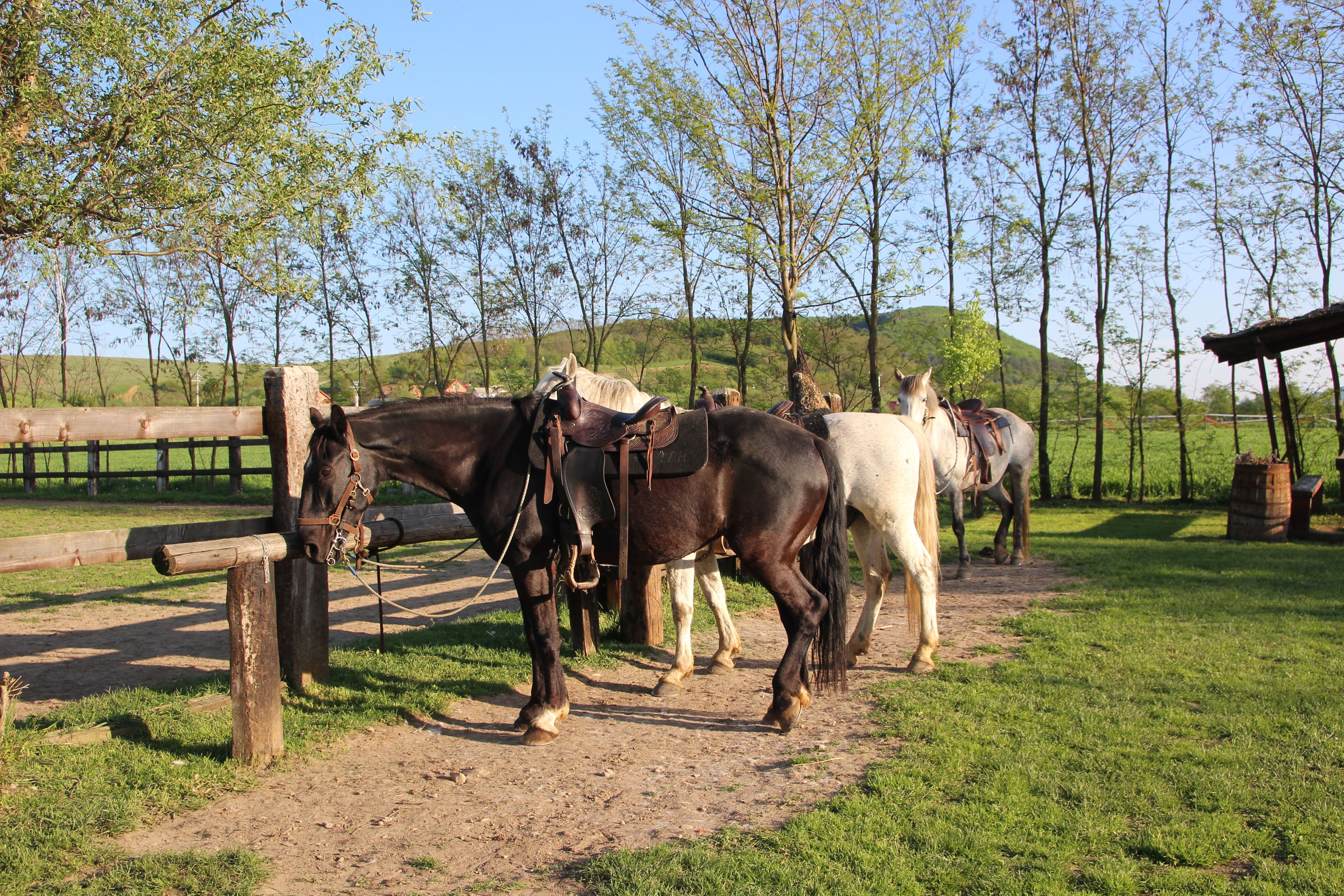
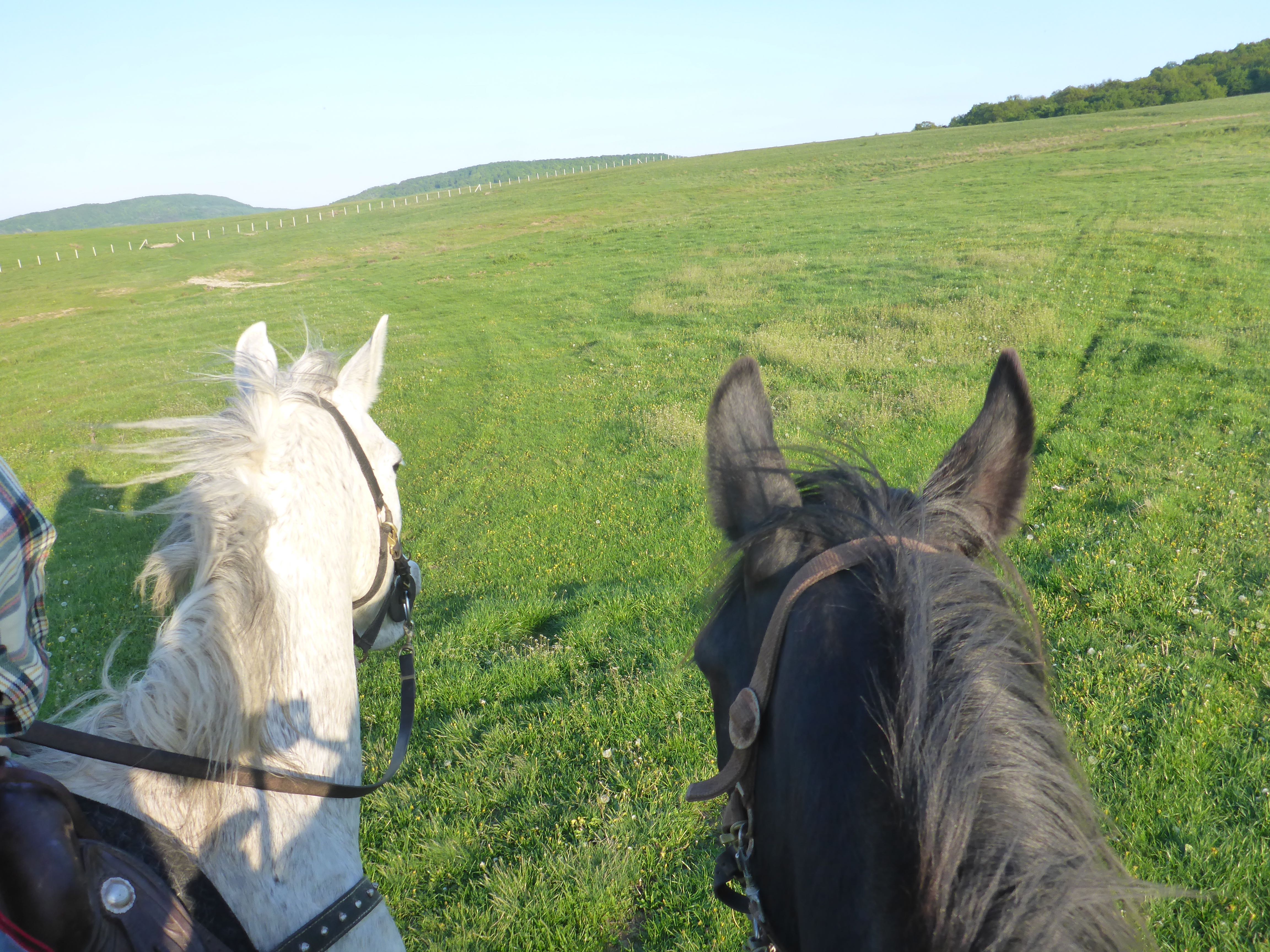
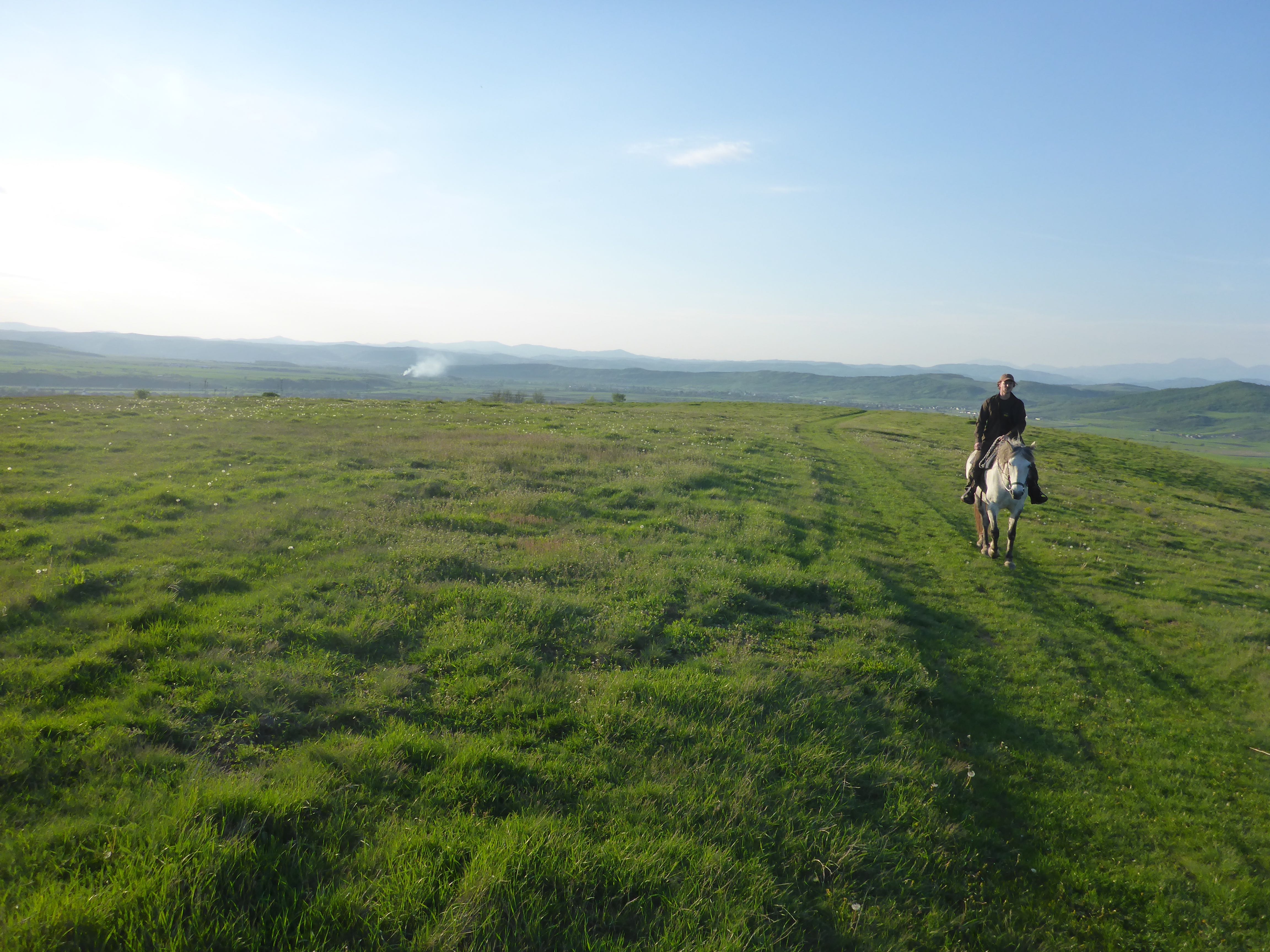

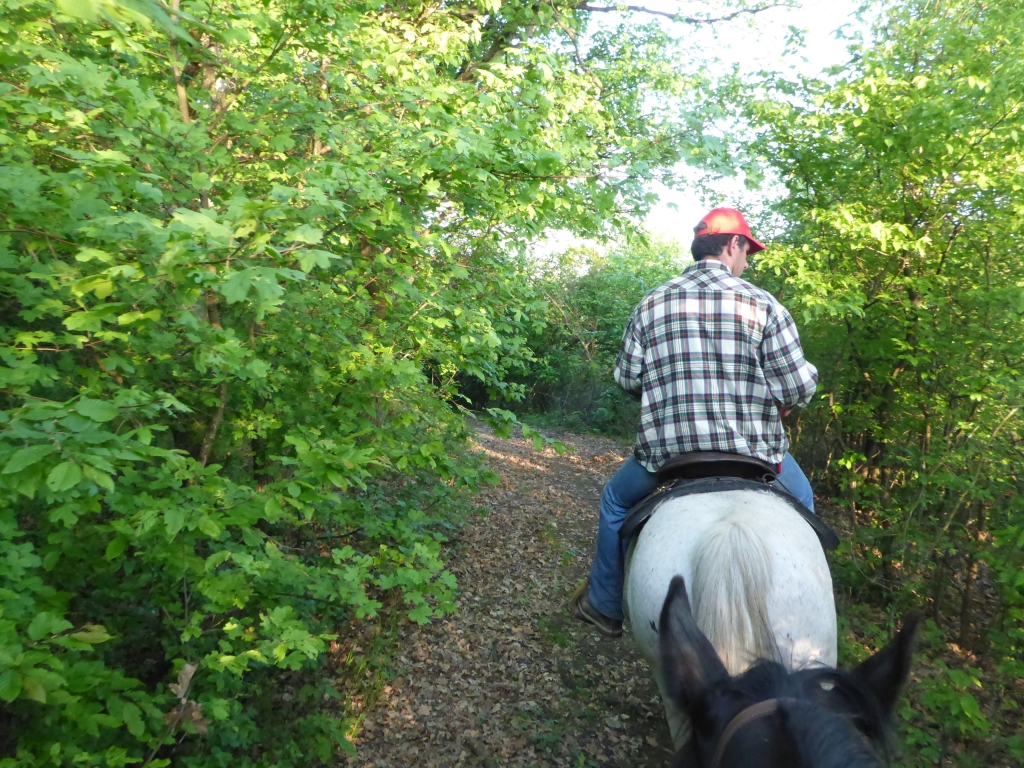
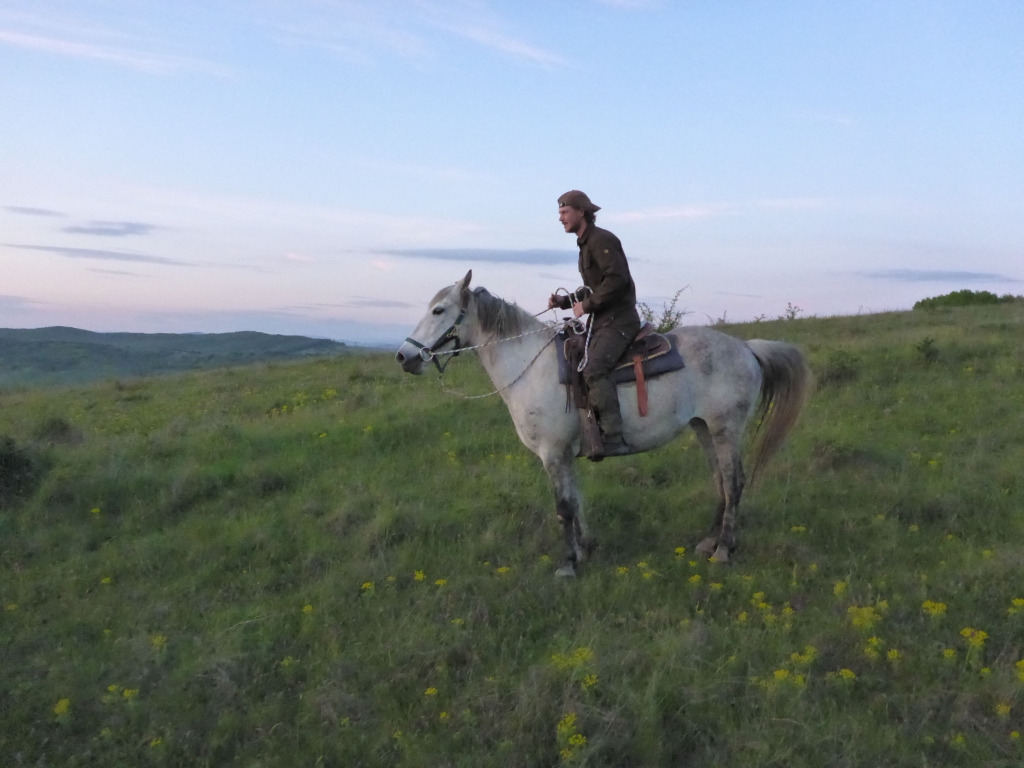
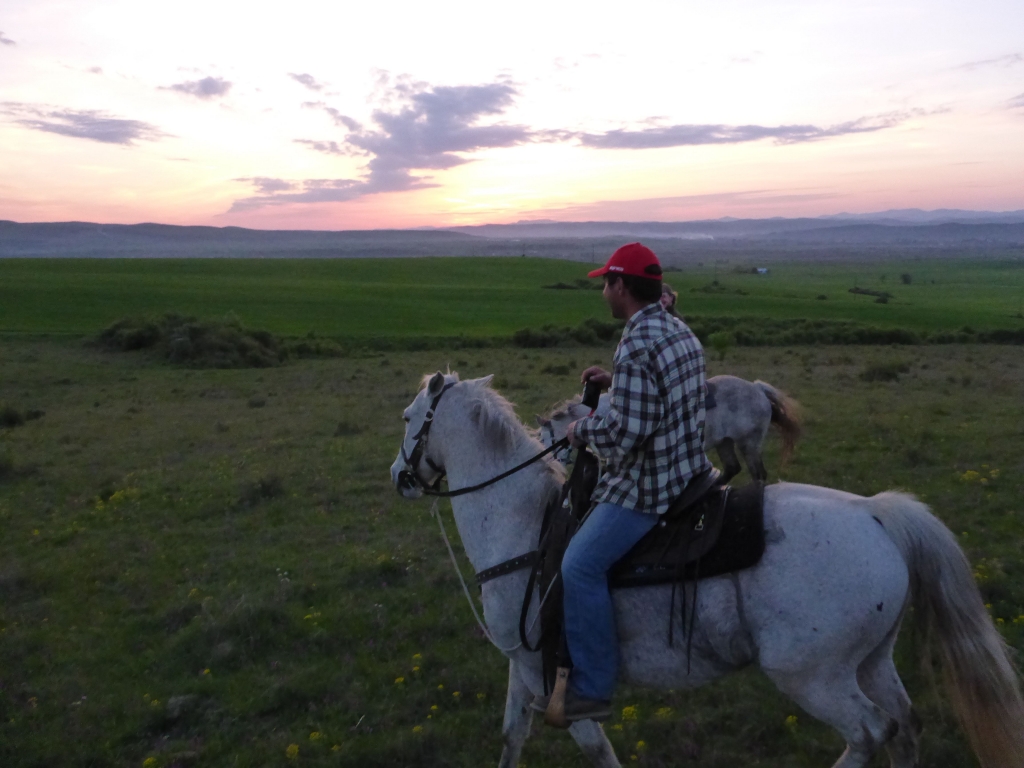
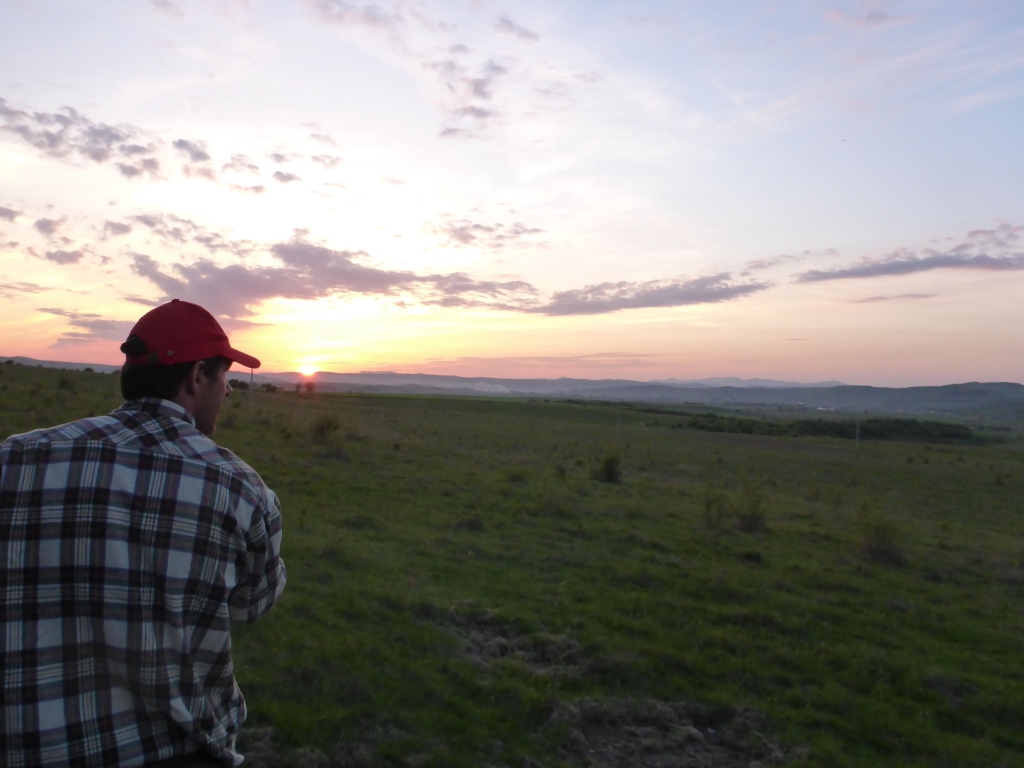
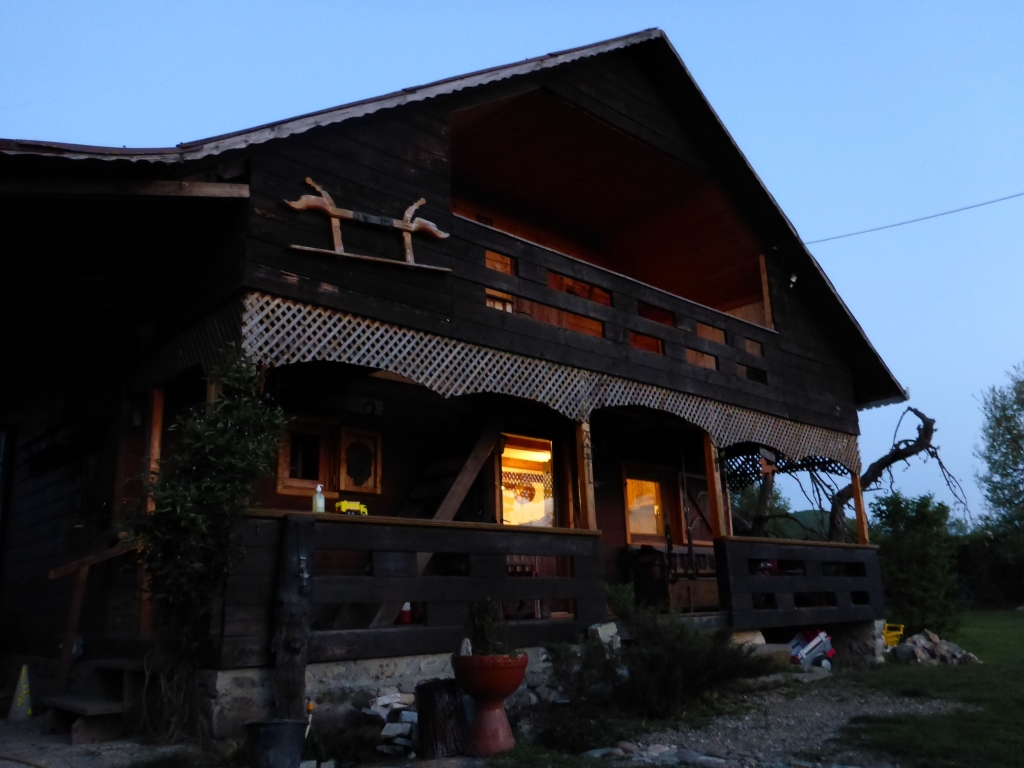
Emil not only organizes hunting trips but all kinds of outdoor activies in Romania. Among other things, you can book horse trekking and wildlife-watching through Carpathian Hunters.
For hunting enthusiasts: Romanian forests are full of game that suffers from some kind of gigantism. The footprints of red deer were the size of a horse hooves. During our evening ride, we saw a wild boar which I took for a bear at first glance. Emil and Simion are also offering Horse & Hunt Tours: Multi-day horse trekking with hunting excursions in the evenings.
You can find more information on the following pages:

Leave A Comment